After an incredible experience spending 10 days on the road in Tasmania, we couldn’t wait to do it again. This time, the magnificent island of Hokkaido – Japan’s largest and northernmost province – was our destination of choice.
This post marks the beginning of our 10-day Self-Drive Hokkaido Road Trip Experience. Let’s dive into it!
Our journey started with a flight from Singapore to Tokyo, and then another domestic flight to Hokkaido. There were several options to fly direct from Singapore to Hokkaido, however they were substantially more expensive than doing a transfer. Hence, we went with a comfy flight with Singapore Airlines to Tokyo, and switched to Vanilla Air to reach Hokkaido.
Note: Singapore Airlines has frequent Advance Purchase promotions, which offers heavily discounted rates if you book 30 or 60 days in advance. We were able to secure a good price this way!
Around 15 hours later, we found ourselves in Hakodate, which is Hokkaido’s third largest city. There wasn’t much to see in Hakodate Airport, so we hopped onto a shuttle bus (the schedule can be found here) bound for Hakodate Station, located in the heart of the city. Do note that the bus isn’t free – you’ll have to fork out 410 yen for adults, and 210 yen for children.
From there, our accommodation for the next two nights, Toyoko Inn Hakodate, was a mere 5-minute walk away.
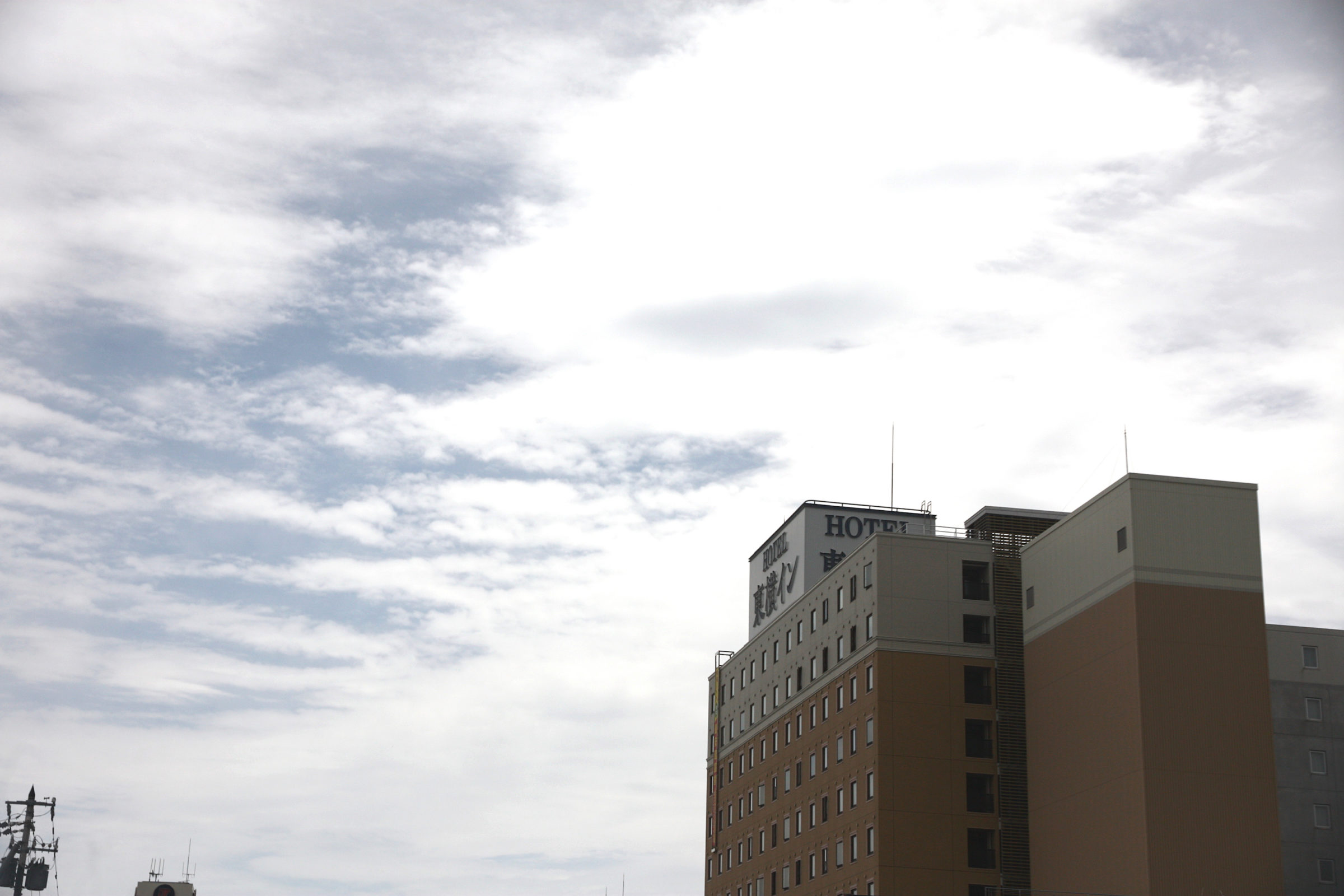 Having booked an Economy Double Room, we were slightly worried that the bed might be a tad small for both of us, but it turned out to be just nice. As an added bonus, the view from our hotel window gave us front row seats to Mount Hakodate – one of the must-visit destinations in Hakodate – which we would be visiting the next day.
Having booked an Economy Double Room, we were slightly worried that the bed might be a tad small for both of us, but it turned out to be just nice. As an added bonus, the view from our hotel window gave us front row seats to Mount Hakodate – one of the must-visit destinations in Hakodate – which we would be visiting the next day.
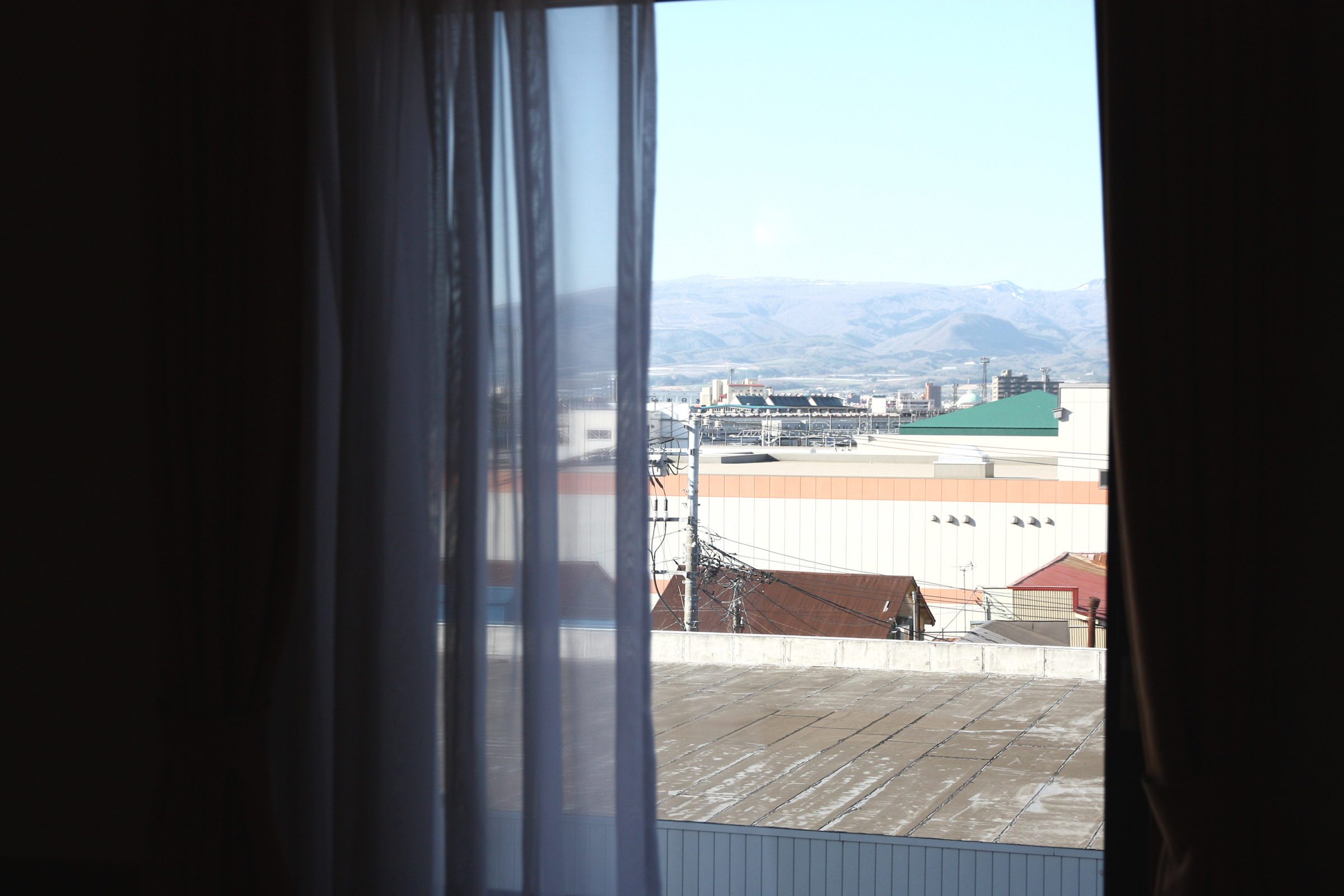
Fort Goryokaku
For now, the sun was starting to set – we were racing against time! After taking a breather, we headed out to Fort Goryokaku, where we hoped to be able to catch our first eyeful of the cherry blossoms.
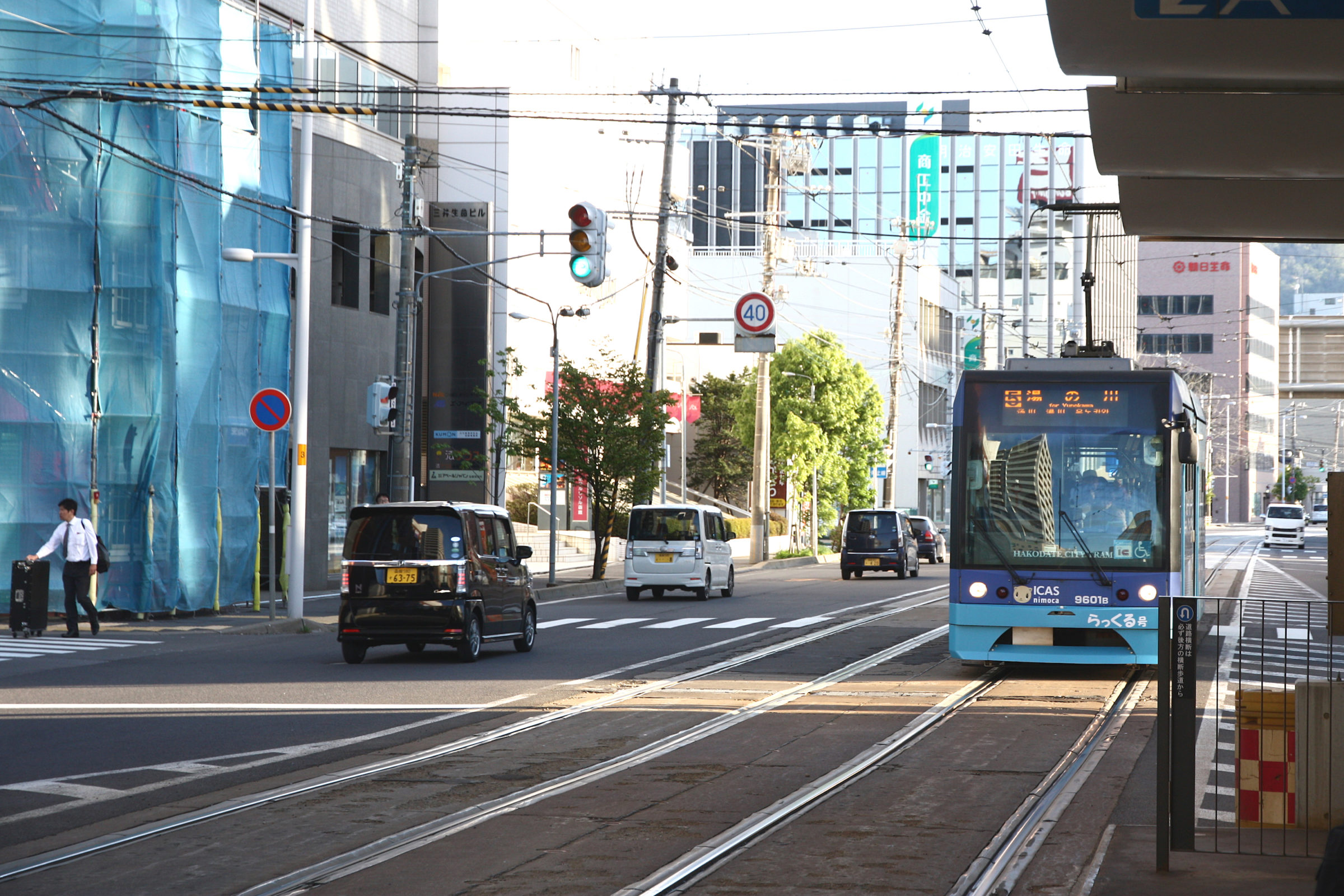
 Getting around in Hakodate is made easy by its trams, which go almost anywhere in the city. The fare ranges between 200 to 250 yen, which is a bit costly, so we used it to go to places which are further away, and then explored the area on foot.
Getting around in Hakodate is made easy by its trams, which go almost anywhere in the city. The fare ranges between 200 to 250 yen, which is a bit costly, so we used it to go to places which are further away, and then explored the area on foot.
Typically, late April is the time when sakura is in full bloom in Hokkaido. Thankfully, we were able to catch glimpses of it in the park surrounding Fort Goryokaku, a star-shaped citadel built in the last years of the Edo Period against the Western powers.
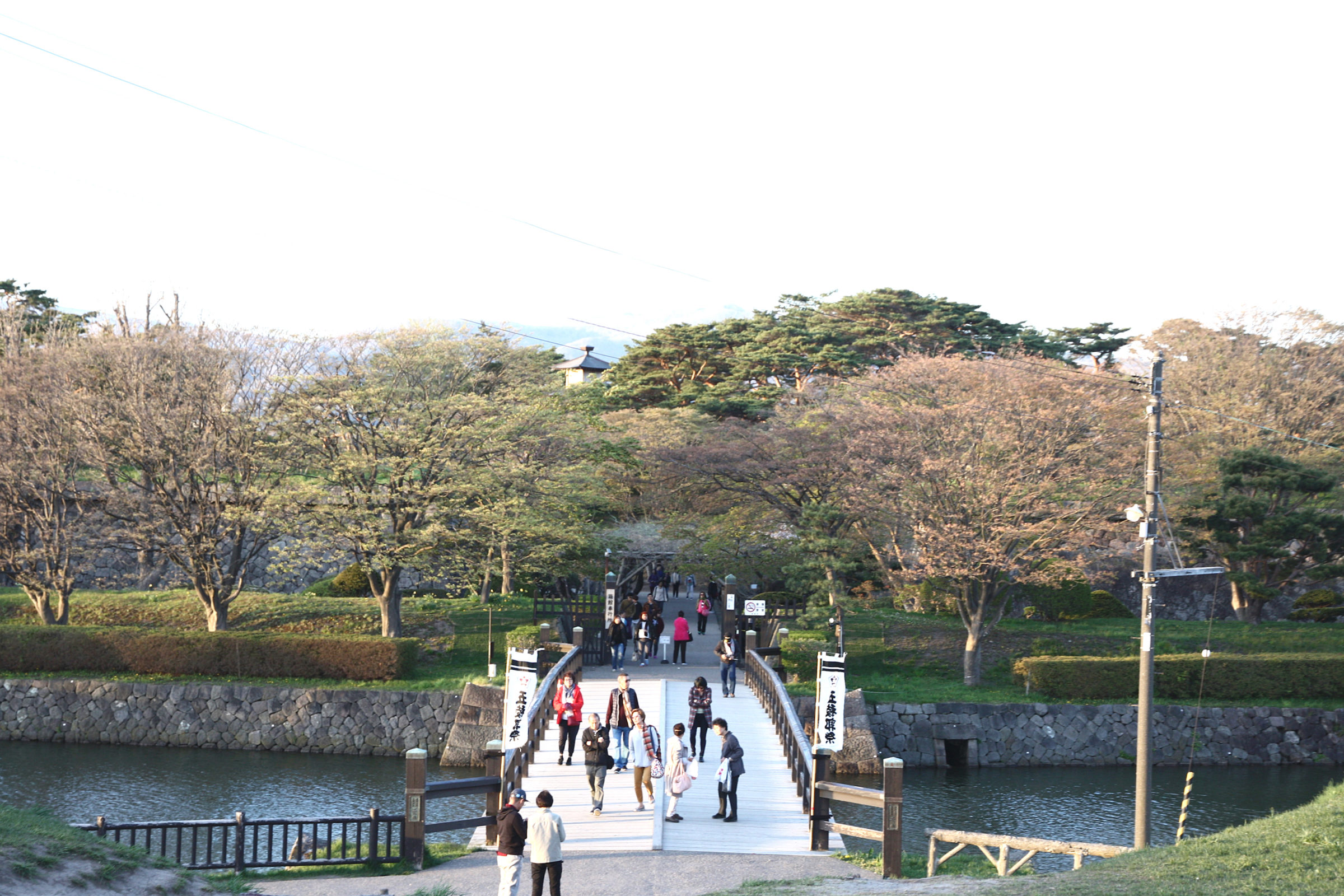
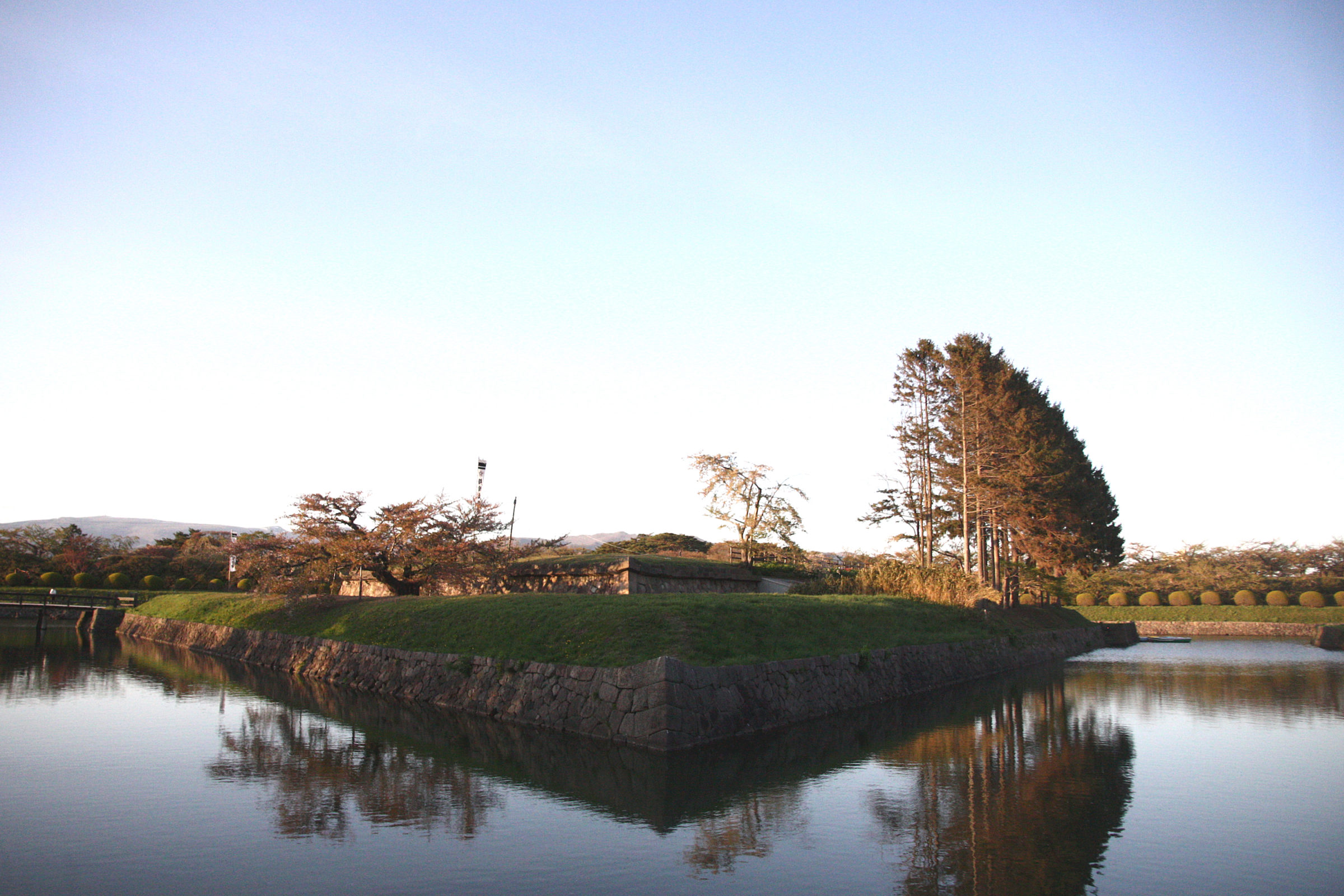 Since it was turned into a public park in the 1910s, more than a thousand cherry blossom trees were planted here, making it one of the best places in Hokkaido to spot the sakura.
Since it was turned into a public park in the 1910s, more than a thousand cherry blossom trees were planted here, making it one of the best places in Hokkaido to spot the sakura.
In the center of the park stands the Former Magistrate Office, where we found towering cherry blossom trees just waiting to be photographed as the sun began to set.
Tuckered out from all the travelling, we decided to call it a night. After digging in to two bowls of ramen at a random shop, we headed back to rest up.
Hakodate Morning Market
Even on holiday, there are really only two things that I’d happily wake up early for – great photo opportunities, and delicious breakfast. This particular morning, we were getting up nice and early for the latter at the Hakodate Morning Market.
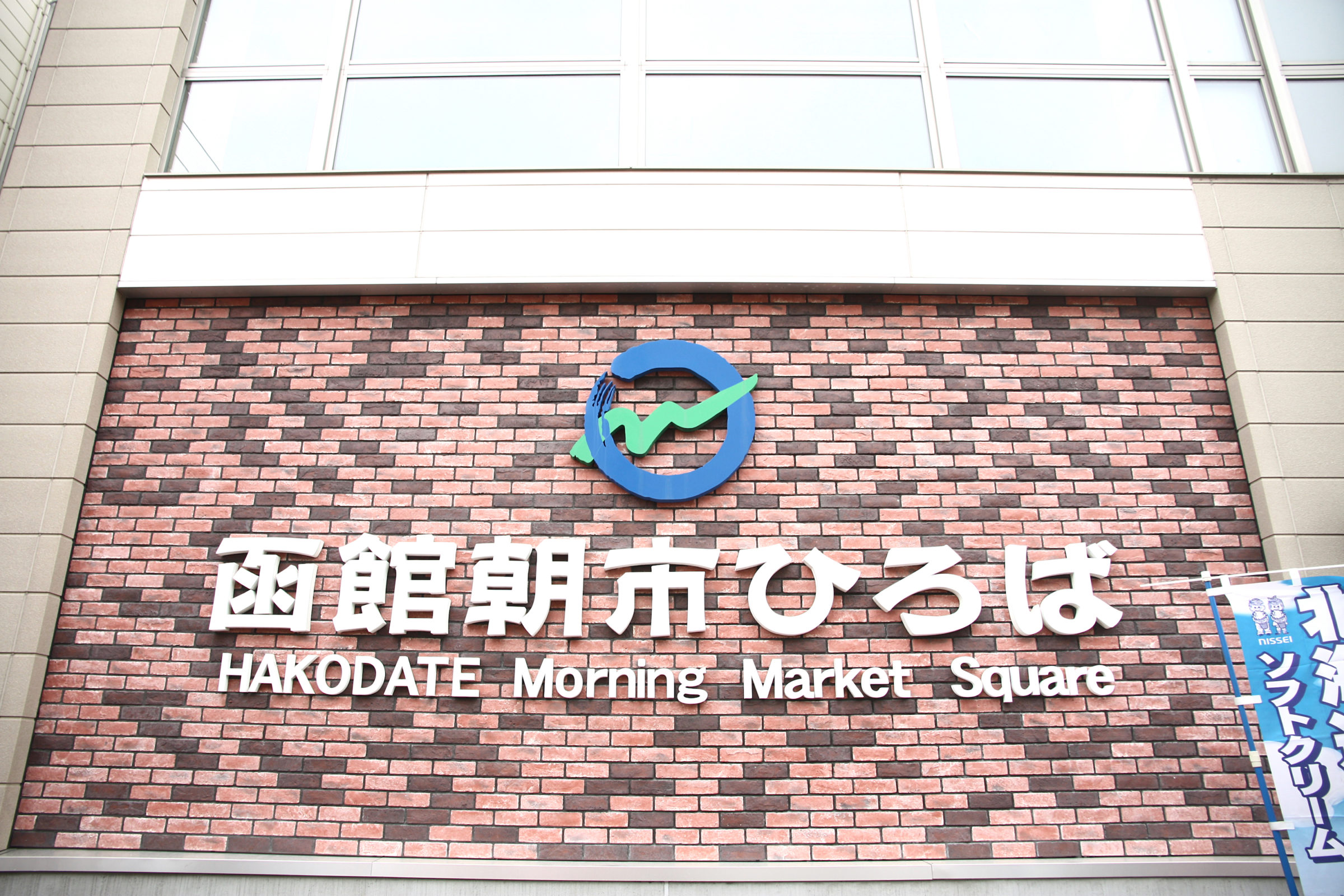
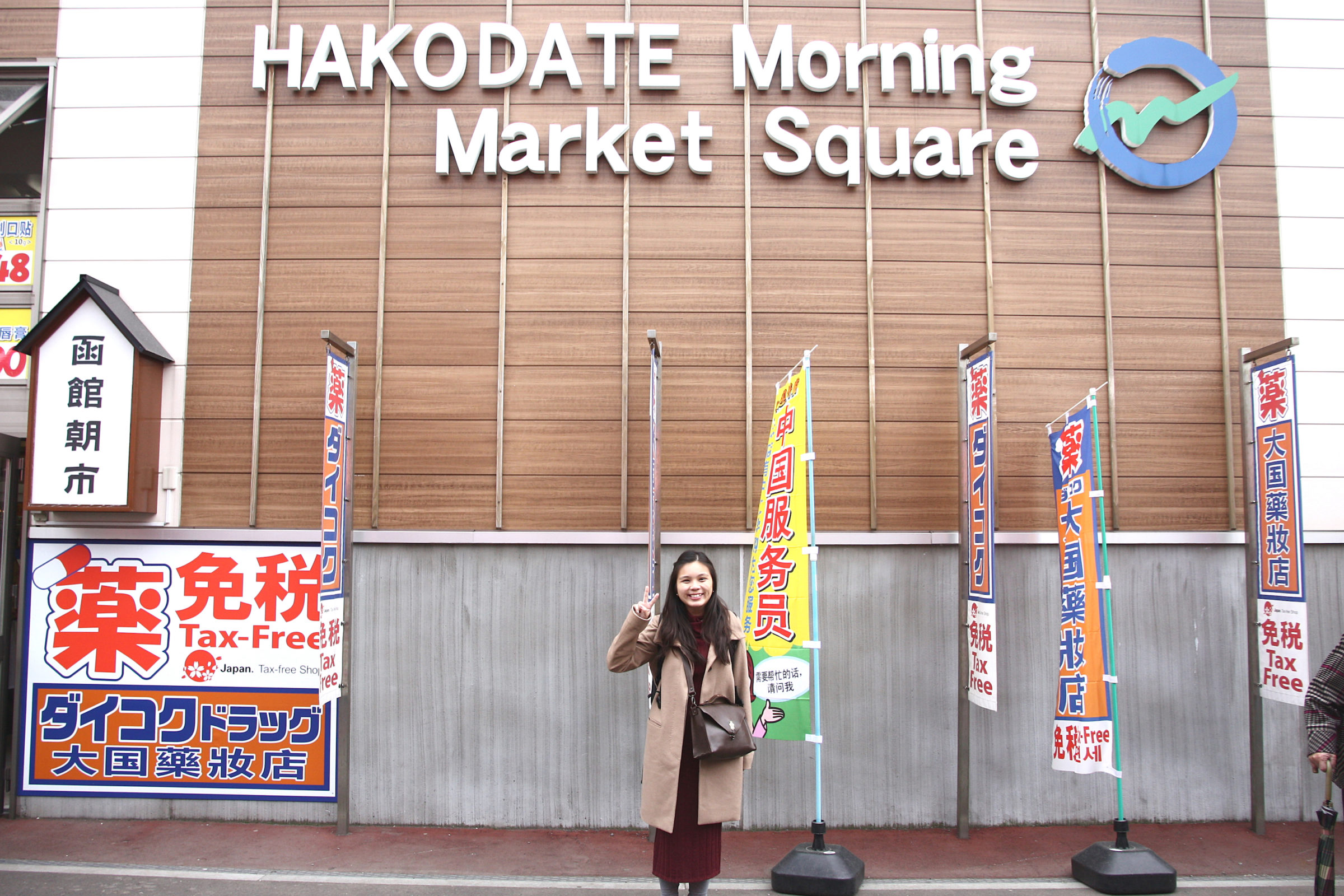
Also known as the Hakodate Asaichi, it is usually open from 5am till 12pm (from 6am during winter), so we only had limited time to peruse rows of bustling stalls.
Here, there was every type of seafood that Hokkaido is known for – crab (kani), sea urchin (uni), salmon roe (ikura) – and the famous Yubari King melon, which costs around 300 yen (~S$4) per slice. Costly, yes, but its incredible sweetness makes it well worth the cash.
After sampling some of the wares, we decided to settle for a random store which sells the popular Hokkaido seafood donburi (rice bowl). This was the moment I had been waiting for in the months leading up to this trip – my first indulgent mouthful of fresh, delicious seafood – crab, sea urchin, and scallops (hotate). And it was everything that I expected it would be.
Plus, we had a great view of Mount Hakodate from our table too. Perfection.
Bellies filled, we decided to walk it off with a stroll down to Hakodate’s Bay Area. Along the way, we enjoyed the cool sea breeze, calm waters, and funky buildings.
The main attraction here is the Kanemori Red Brick Warehouse – really a series of warehouses – which has been around since 1887.
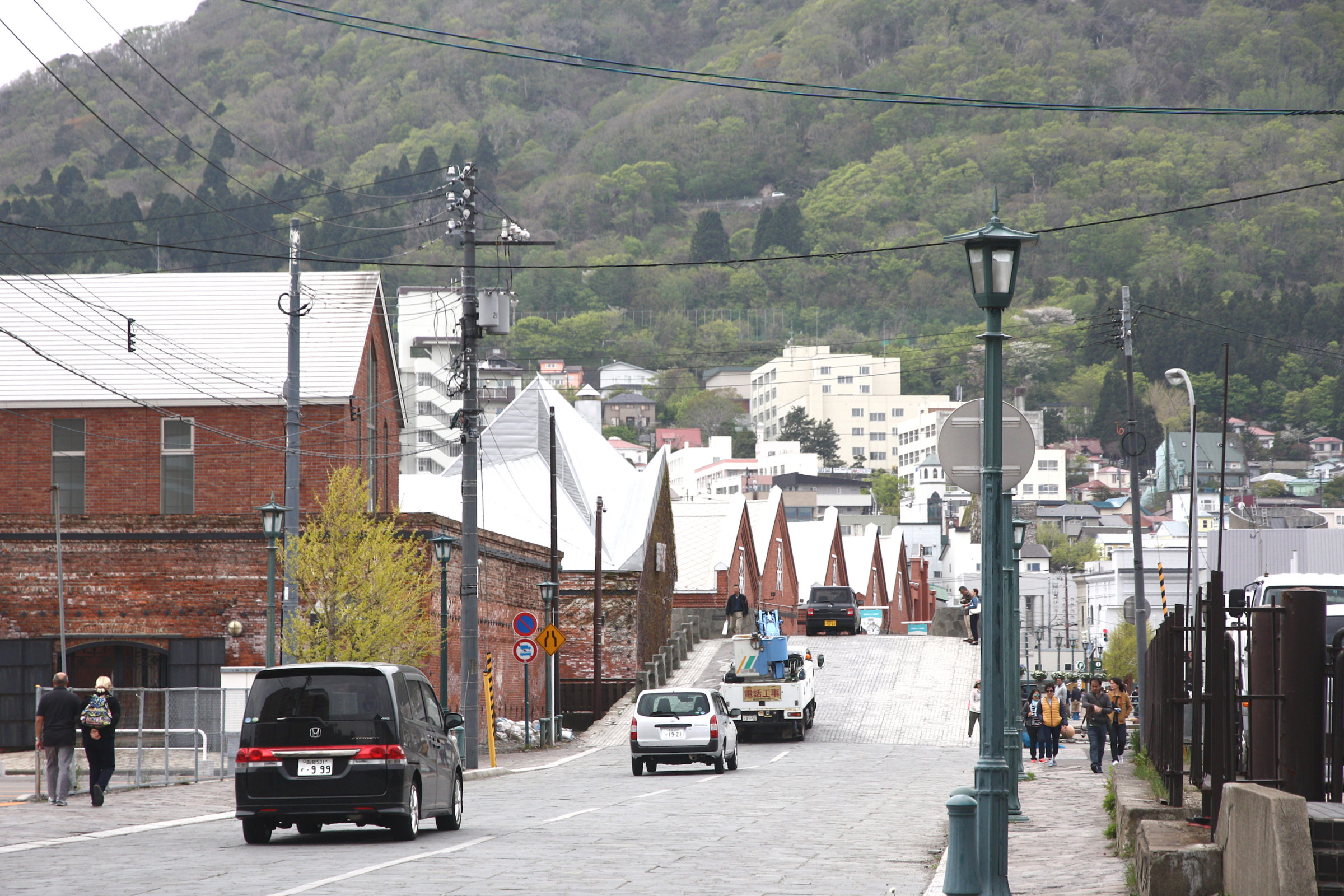

Each warehouse had something beautiful to offer. There was one which had lovely handmade glassware and music boxes for sale. Another had a quaint cafe – look out for Petit Merveille – with fluffy, decadent cakes and desserts. Yet further down was one warehouse that had a ton of dried snacks and seafood.
What set this place apart from typical shopping malls, though, was the relaxed and chill vibe around here, likely due to the fact that its right by the sea. After all, what says relaxed better than the sound of crashing waves and cool sea breeze?
We still had some time before sunset, which we wanted to catch atop Mount Hakodate. So we decided to take another walk to a district called Motomachi, which is famous for its foreign looking buildings.
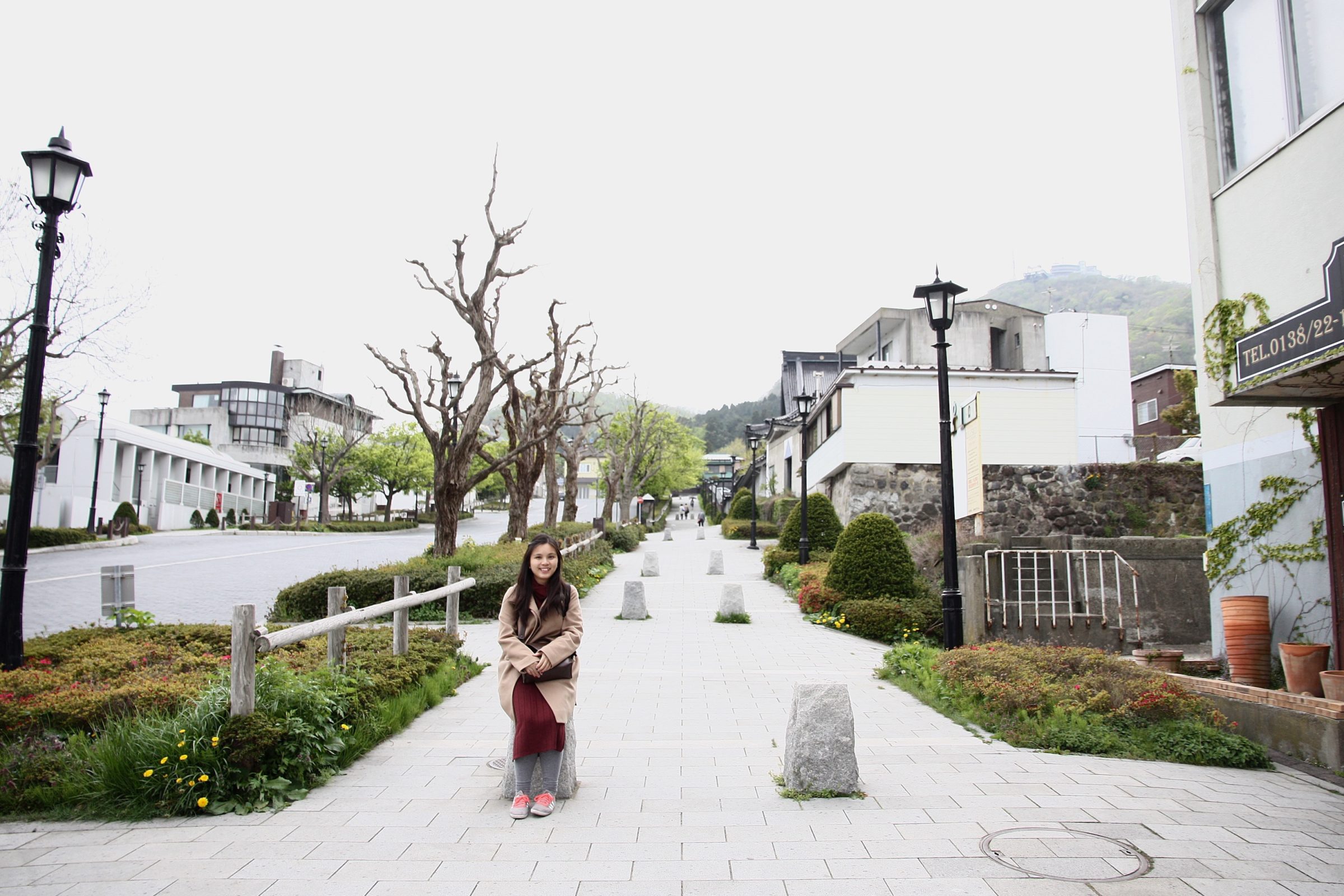
The reason why there are so many half-Western, half-Japanese buildings in this area is because the harbor of Hakodate was one of the first to be opened to foreign trade way back in 1854, resulting in an influx of foreigners into the region.
Do keep a lookout for the Russian Orthodox Church, Catholic Motomachi Church, and Saint John Church as you head up the hill.
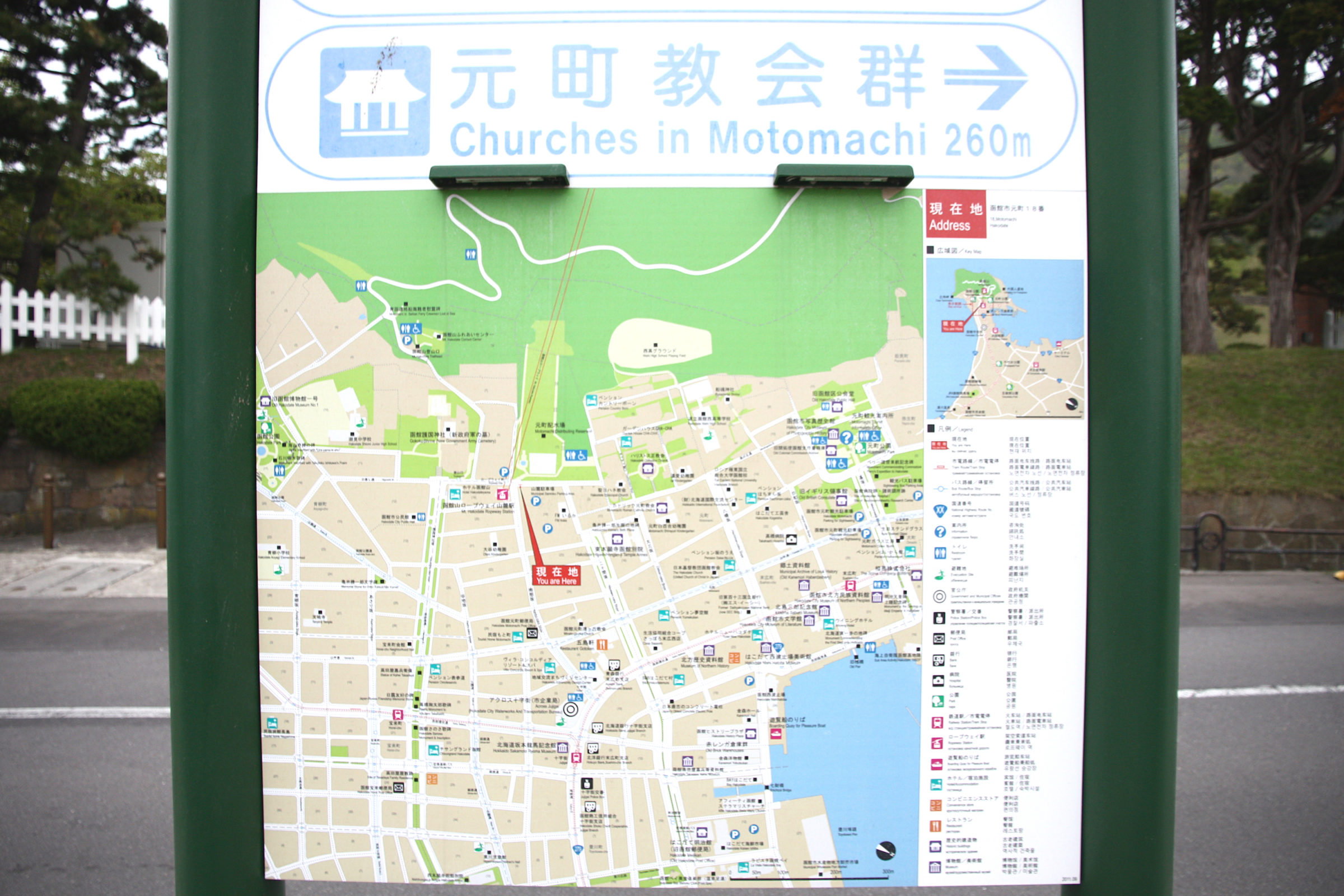 Besides the beautiful old buildings, there are lots of gardens filled with lovely flowers around here too.
Besides the beautiful old buildings, there are lots of gardens filled with lovely flowers around here too.
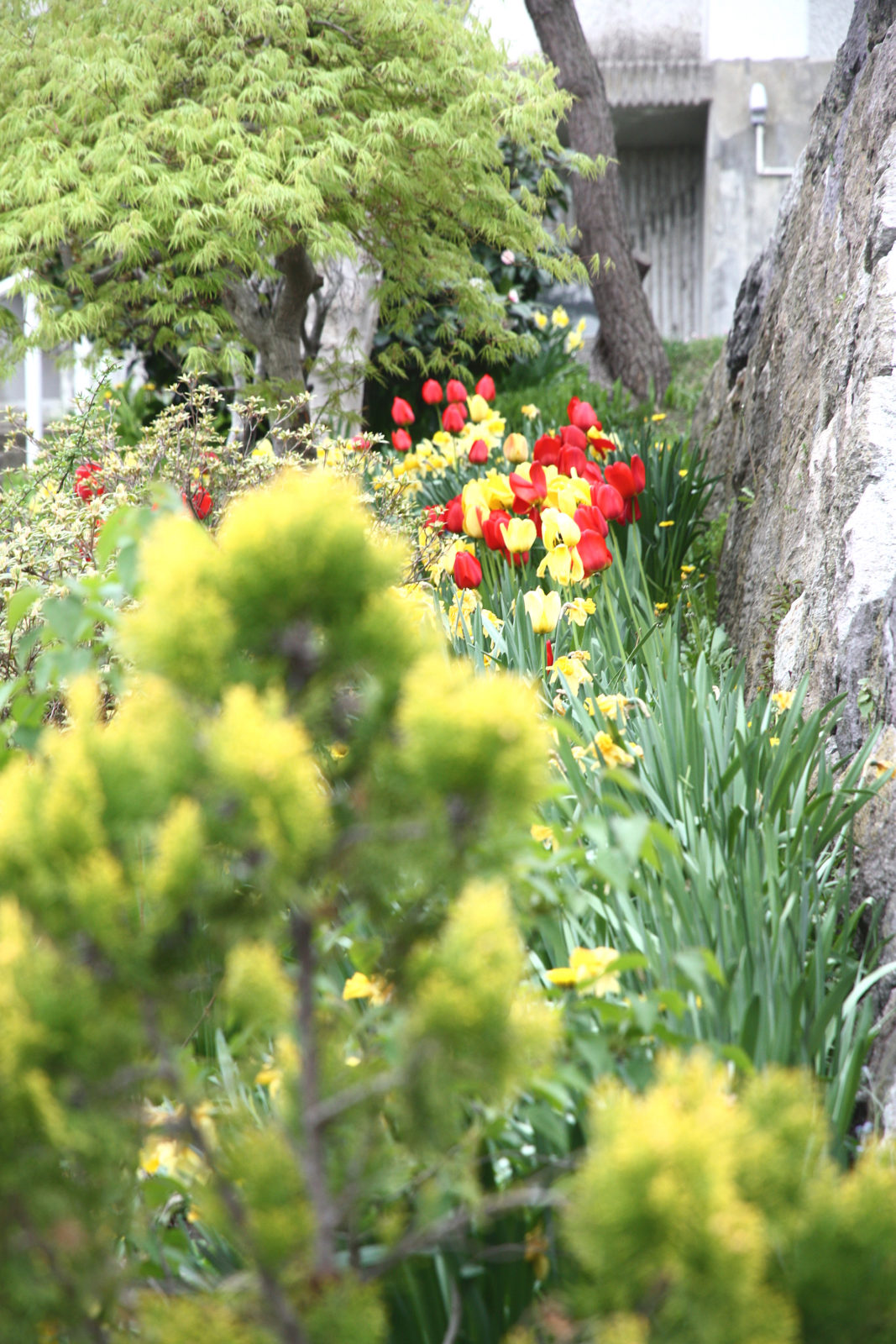
 Yes, it’s very hilly in these parts, so make sure to wear comfortable walking shoes as well!
Yes, it’s very hilly in these parts, so make sure to wear comfortable walking shoes as well!
As we were walking, we came across Mount Hakodate Ropeway, and decided to just go for it. We bought the round trip tickets, which costs 1280 yen per adult (and 640 yen per child). A one-way ticket would cost 780 yen for adults (390 yen for children), and we didn’t want to get stranded up there.
Fun fact: did you know that there’s a radio station at the ropeway? We would also find broadcasting towers atop Mount Hakodate later on as well.
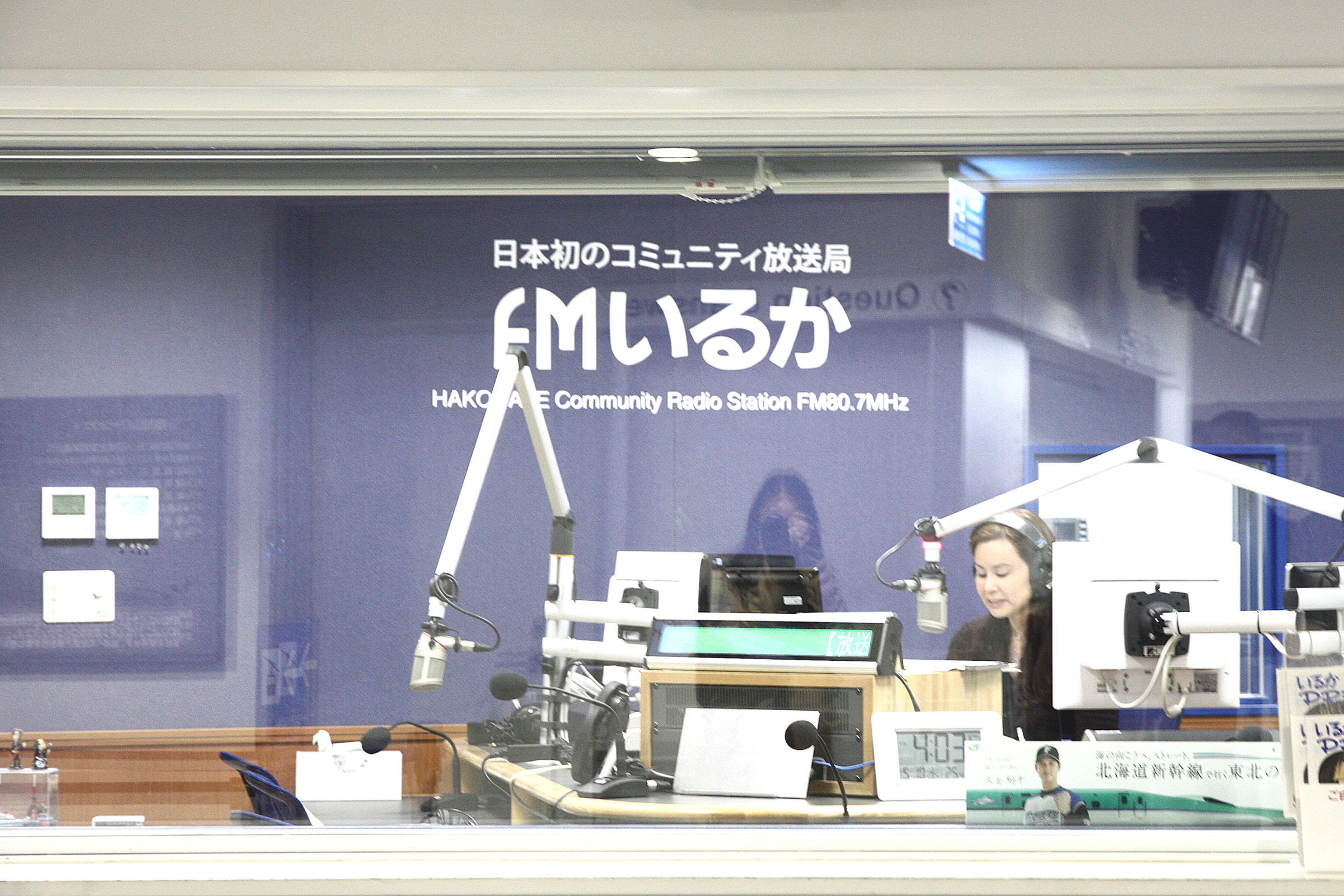
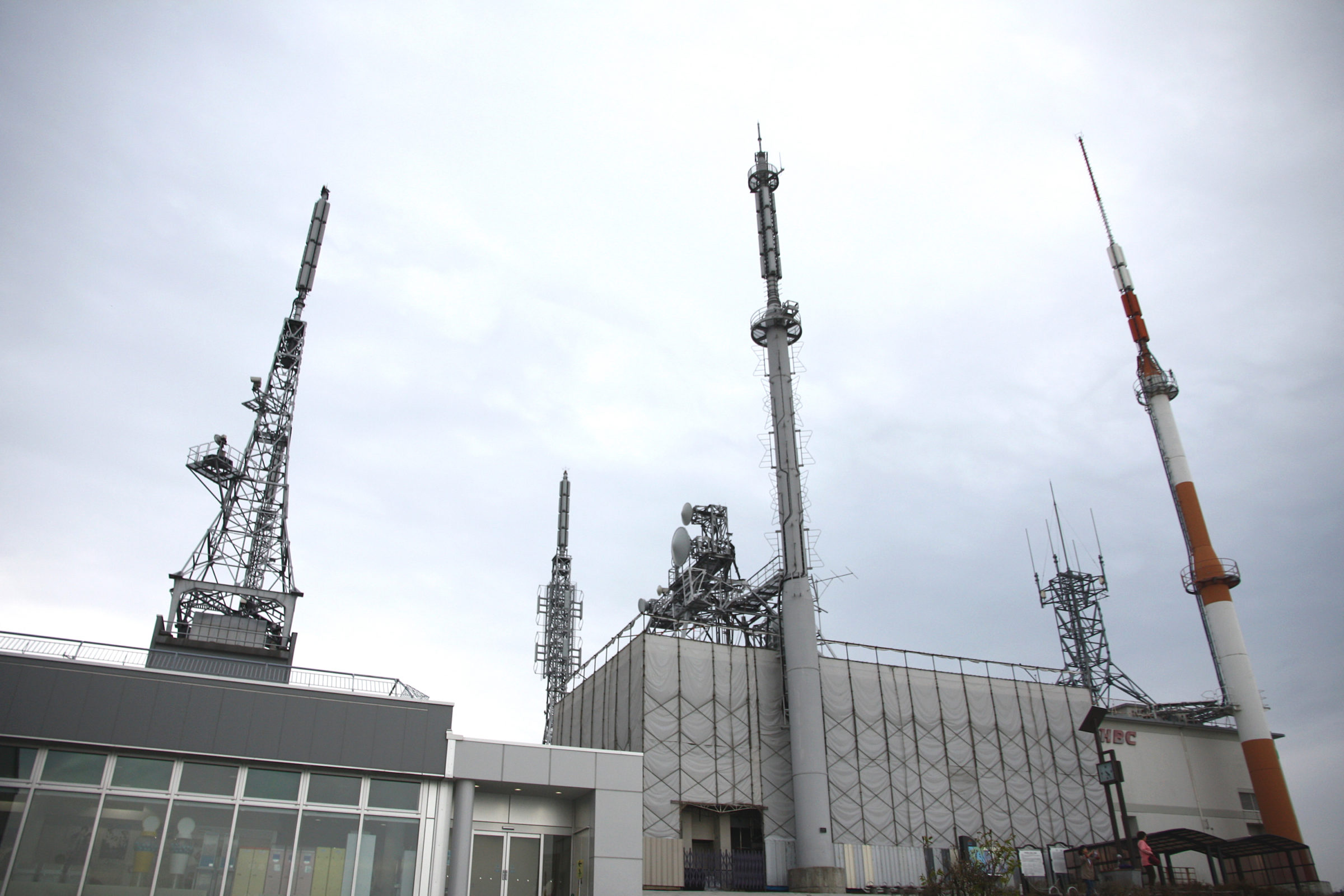 Even though we were still a bit early, the skies looked very clear, so we thought we could grab a few clear shots of the entire region from up top.
Even though we were still a bit early, the skies looked very clear, so we thought we could grab a few clear shots of the entire region from up top.
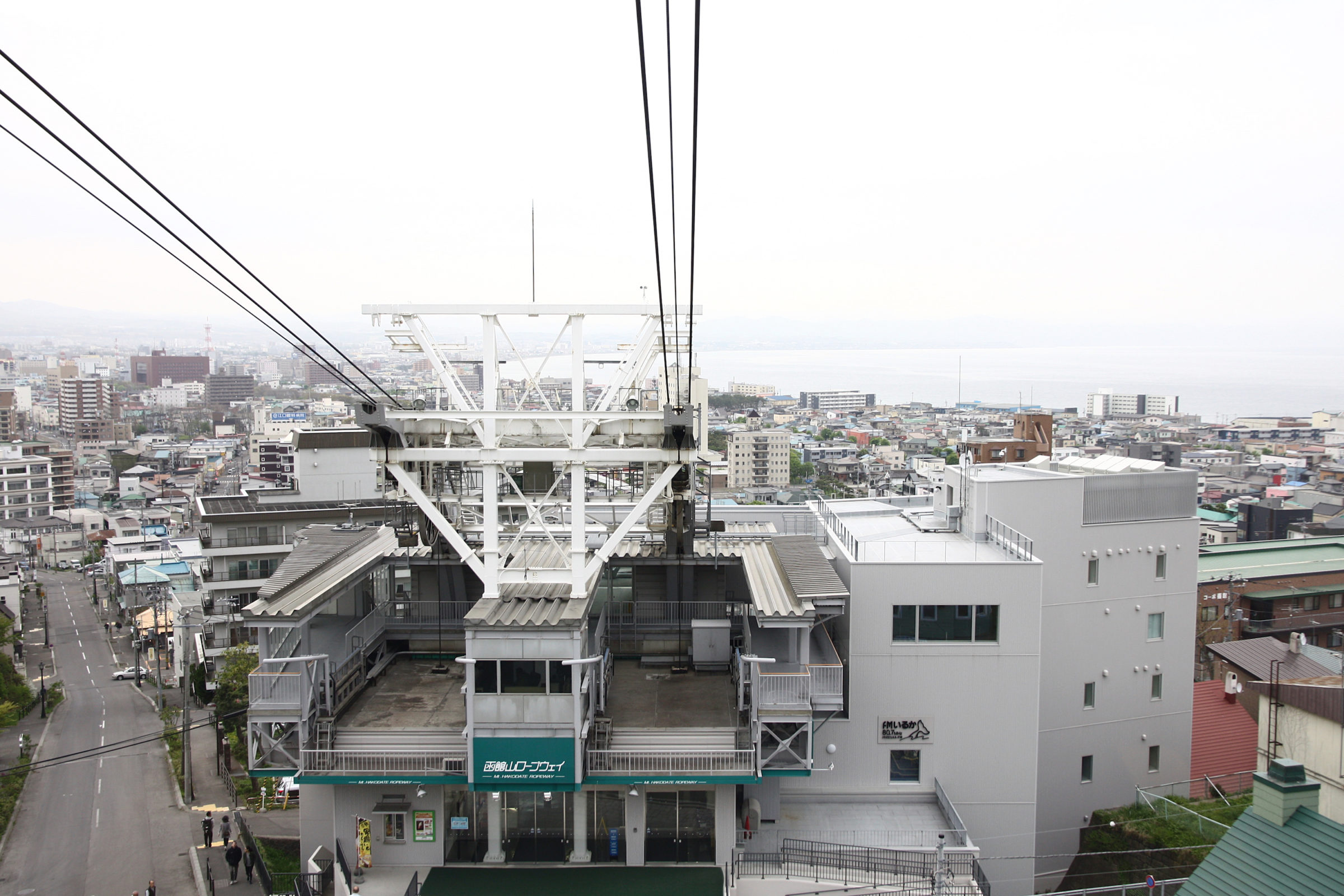
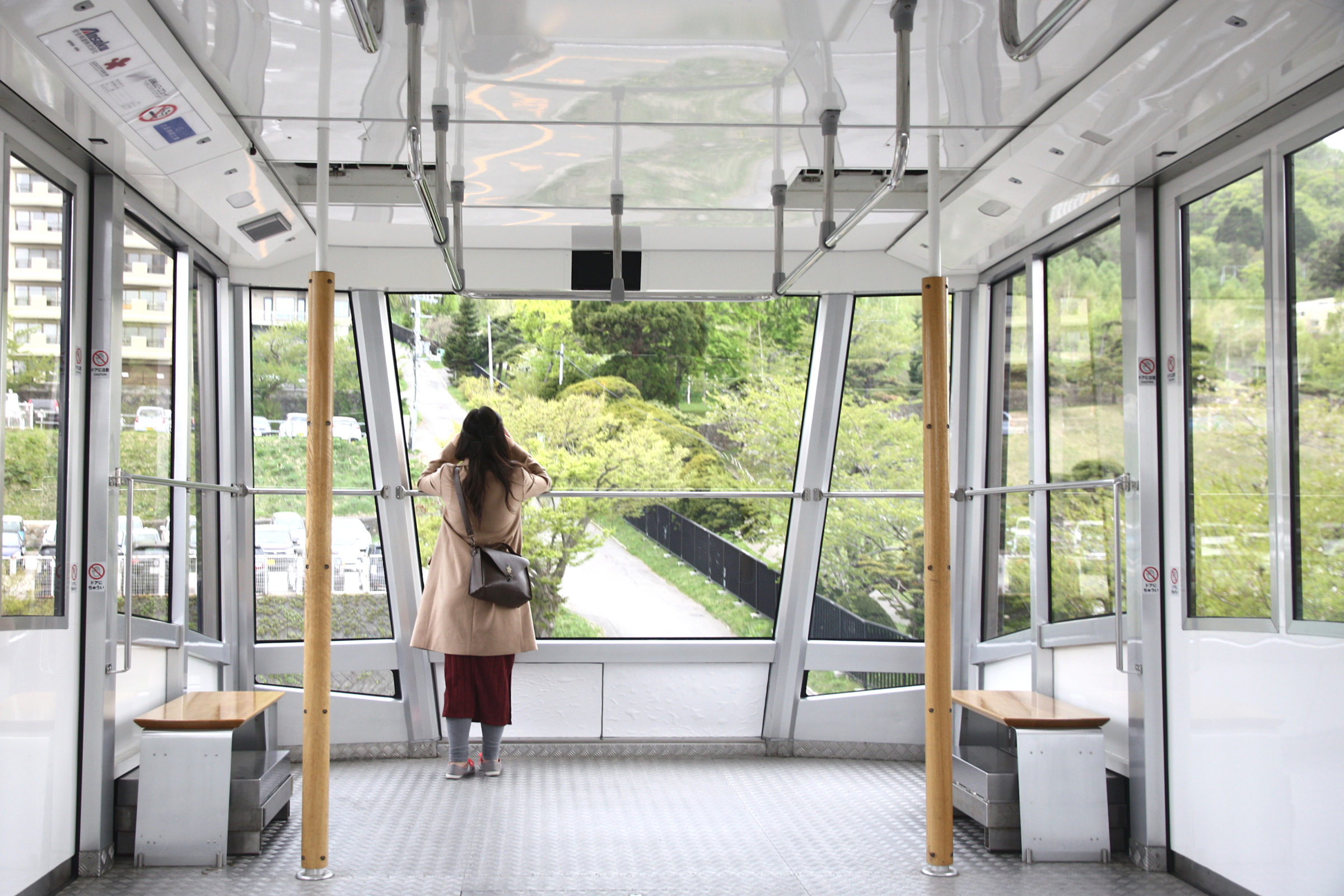
Because we were there early, we were fortunate to have the entire motorcar to ourselves!
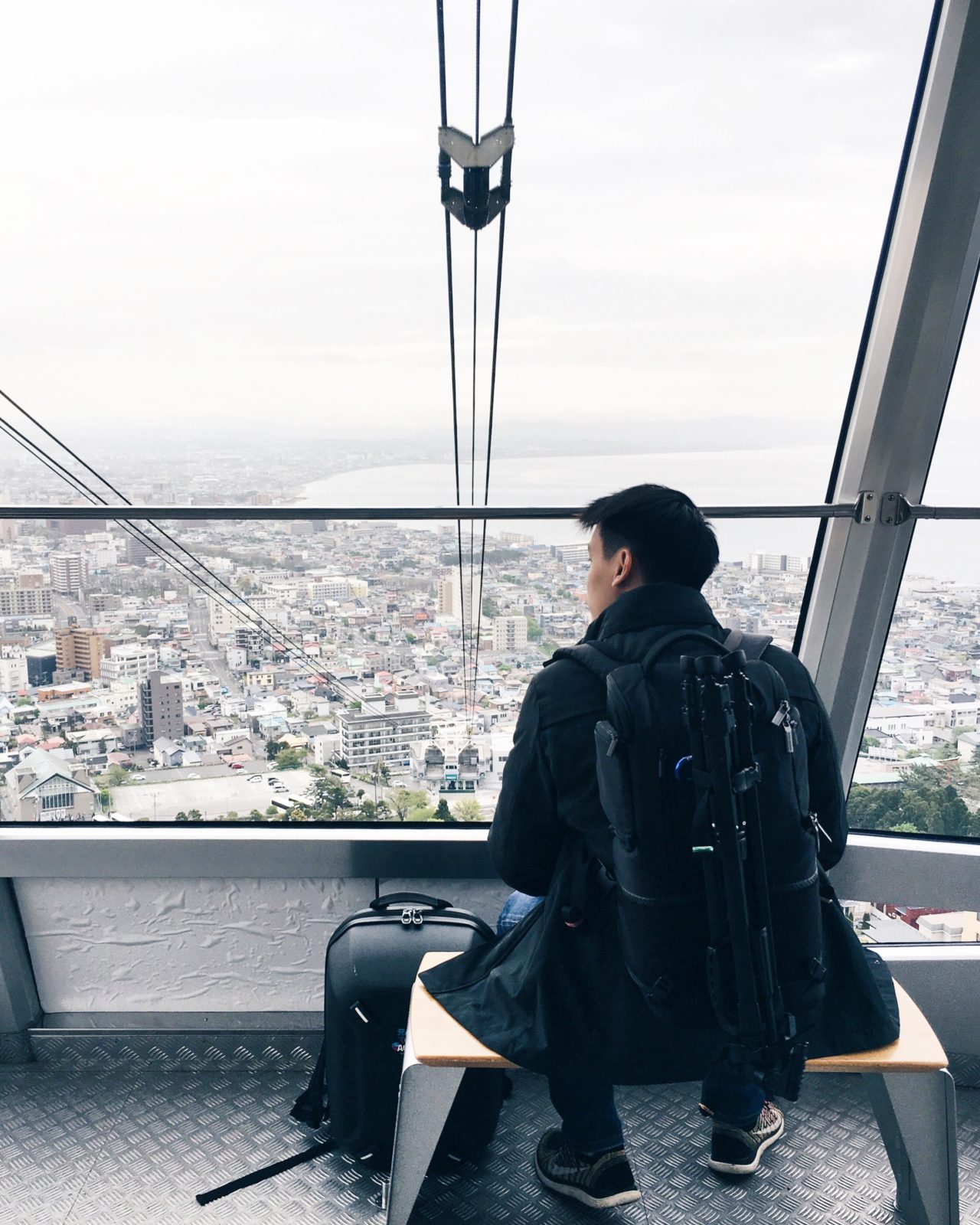
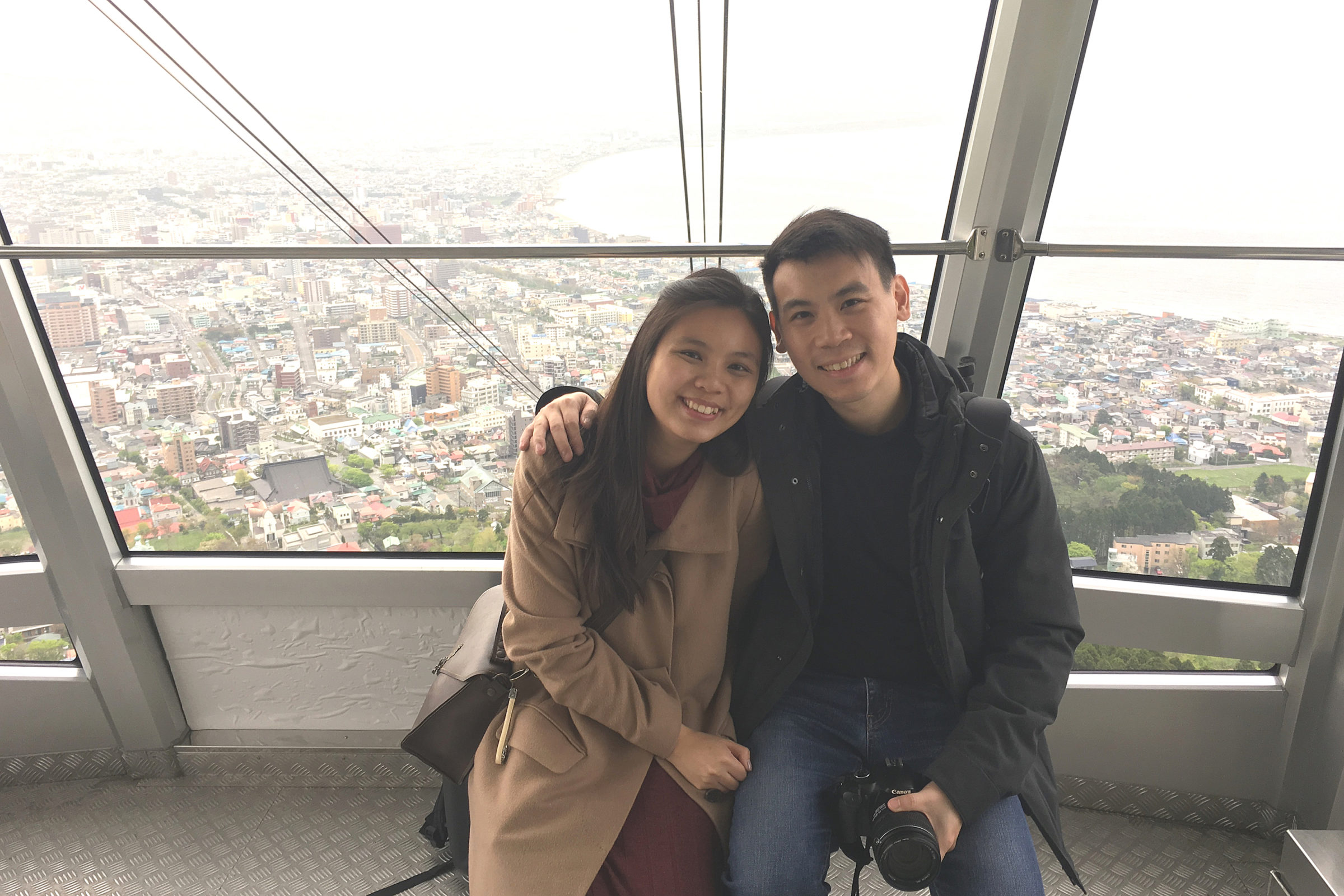
When we reached the top, it was just as we expected – the skies were clear as day, and we had an incredible view of the Hakodate region.
That is, until the clouds started rolling in without any warning whatsoever. And just like that, the show was over.
We hung around the observation decks, souvenir shops, and cafe for a while, hoping to catch another glimpse of the ground. But it was not meant to be – the clouds were there to stay, and night was falling fast. Thankfully, we’d grabbed some great shots already, and that was enough.
Dinner time! We headed back to the Kanemori warehouses to try out the soup curry at a restaurant we had passed by earlier – Genghis Khan Meimeitei. It was the first time we’ve tried something like this, and it was delicious – perfect for the chilly weather.
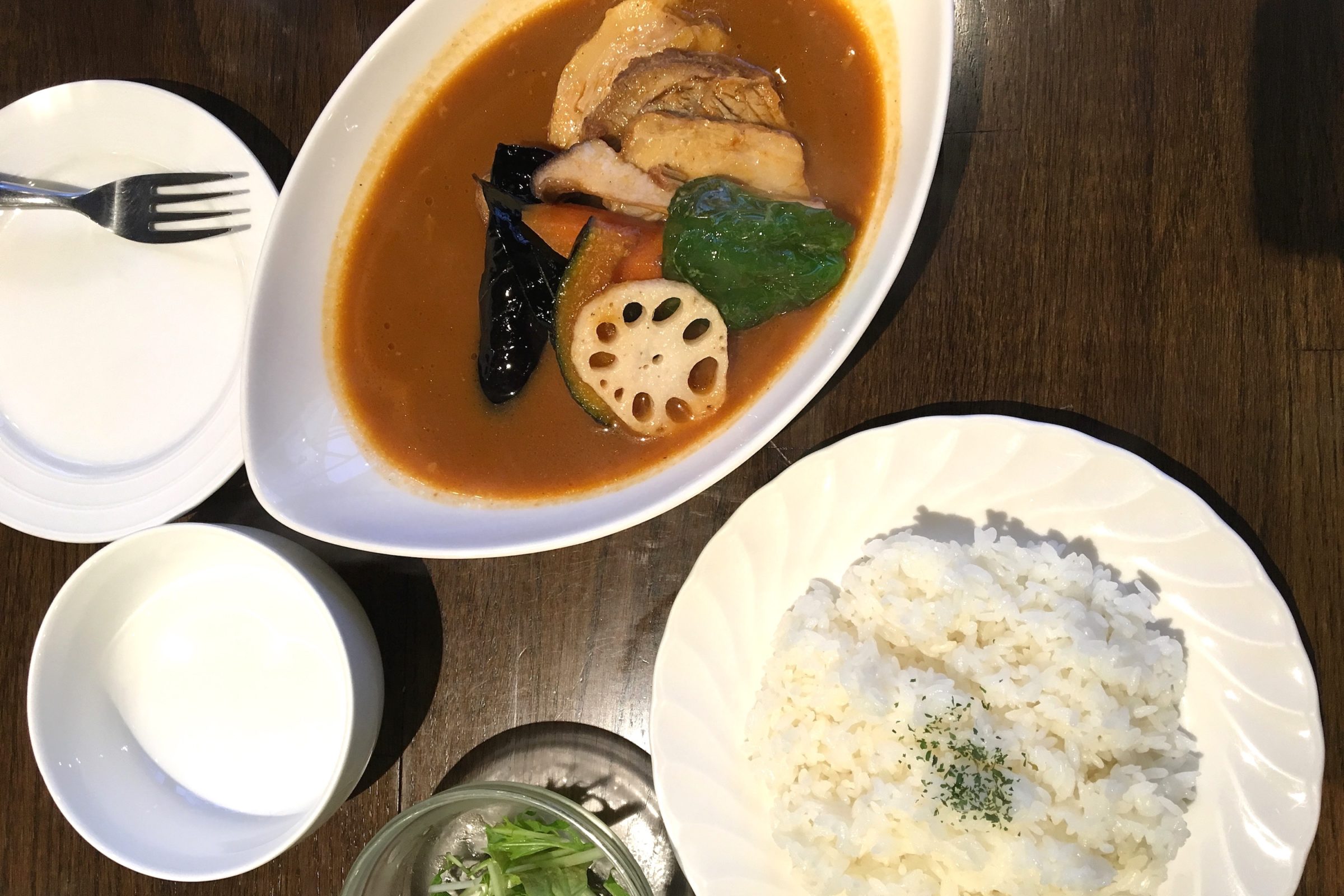
It was a satisfying end to a long day. Tomorrow, we’d be getting our car and starting the road trip for real.
Loved the pictures? Then you’ll probably this full-on, photos-only version of our Hakodate experience. Check it out!


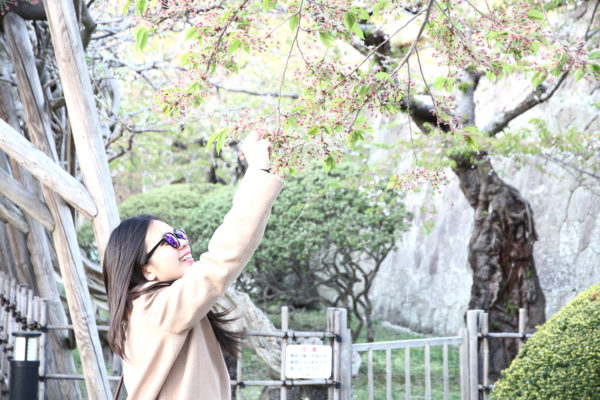
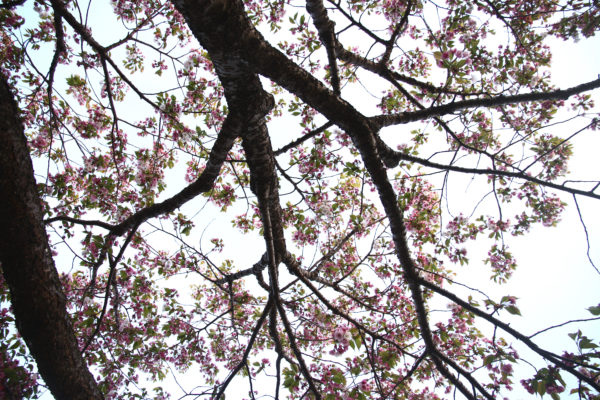
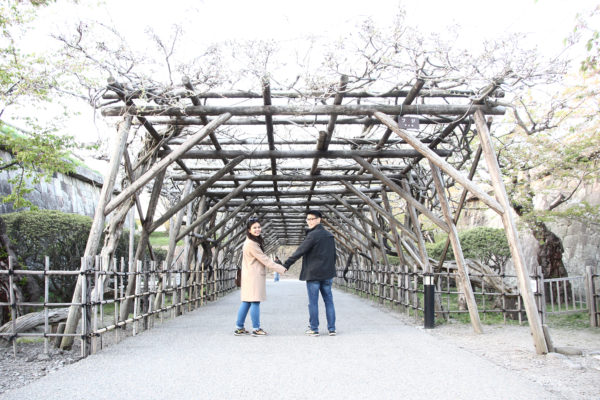
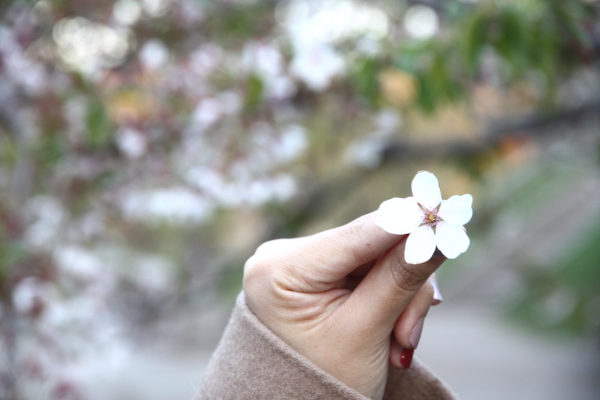
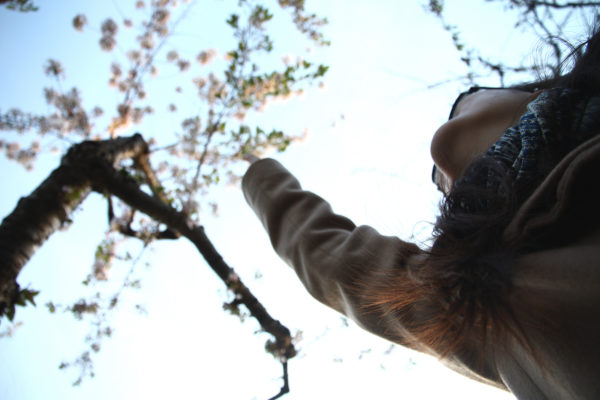
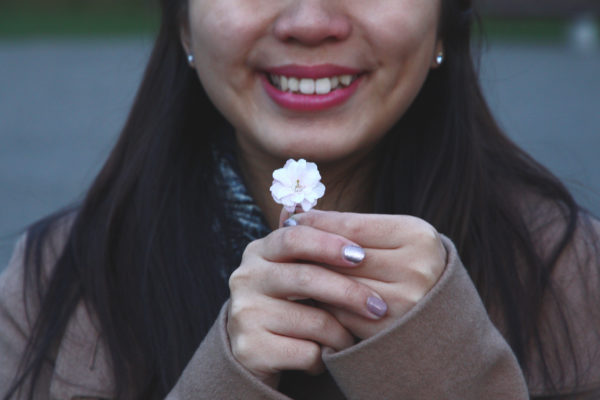
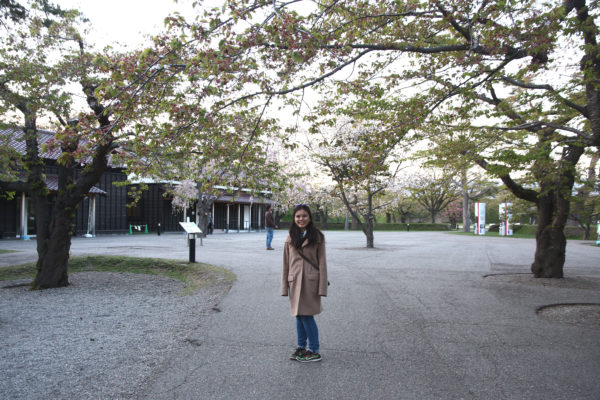
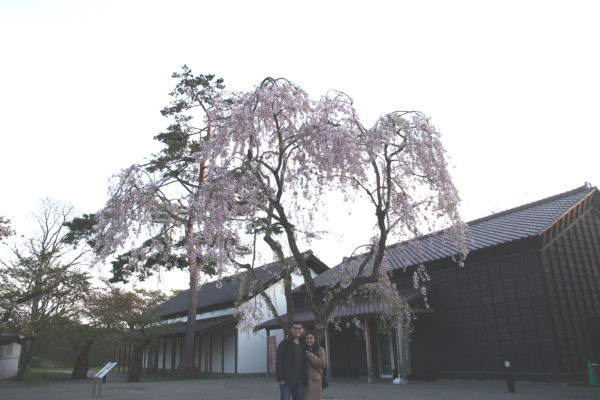
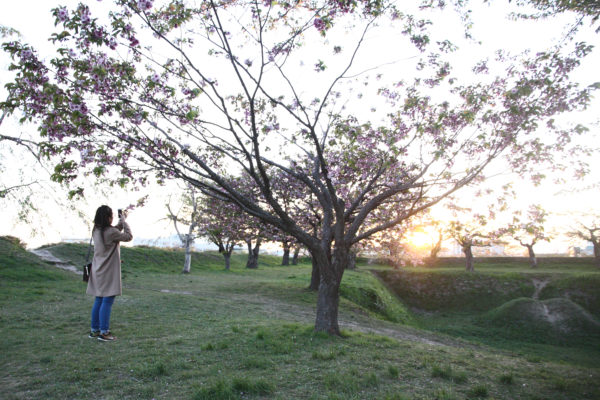
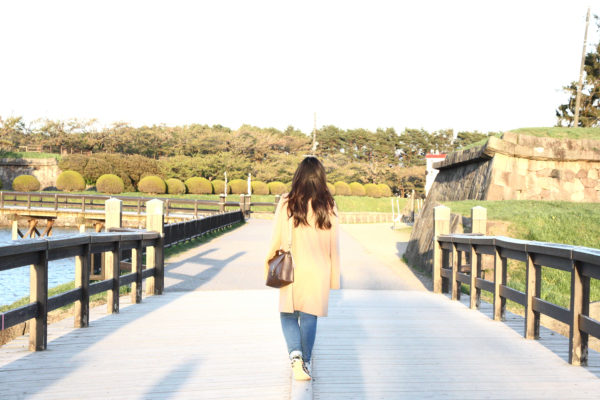
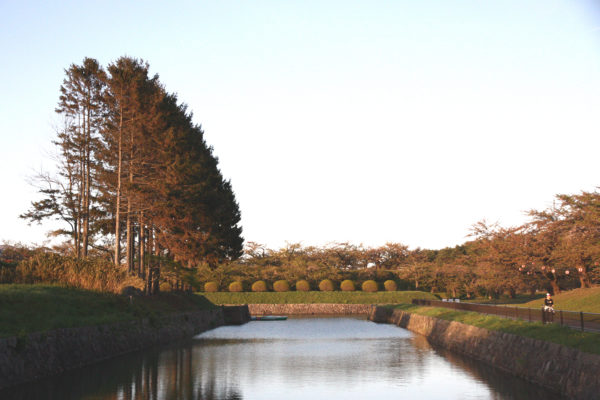
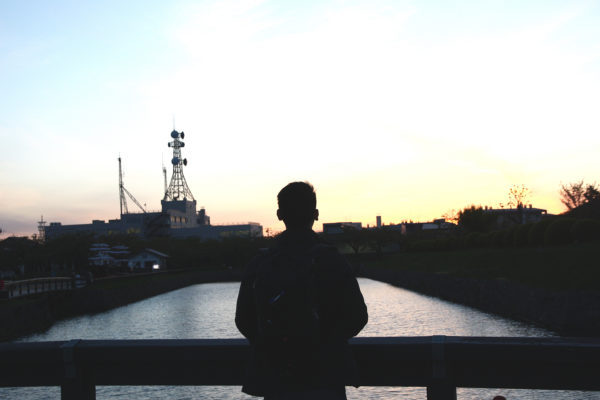
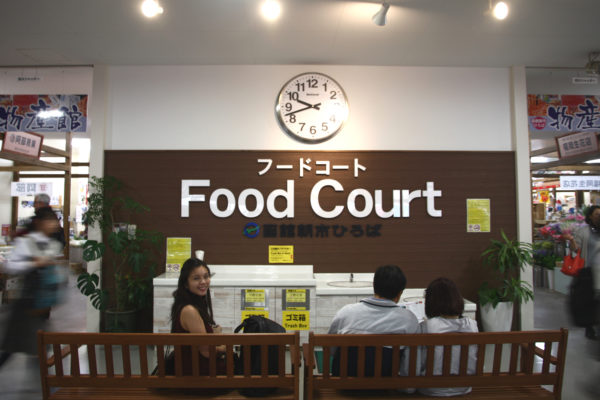
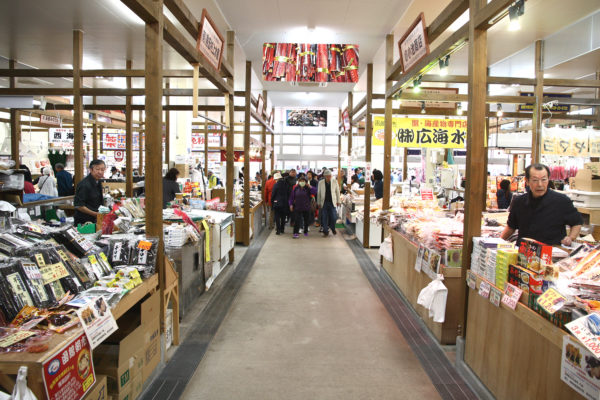
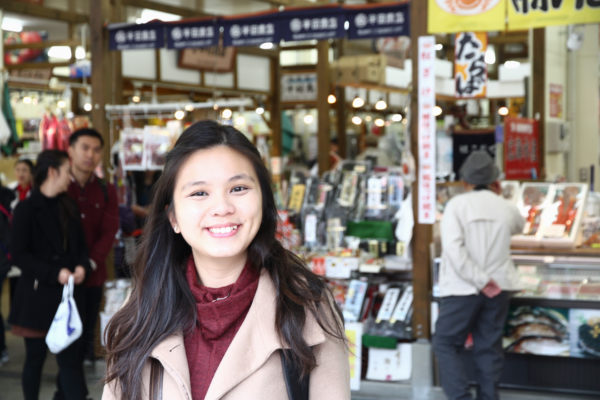
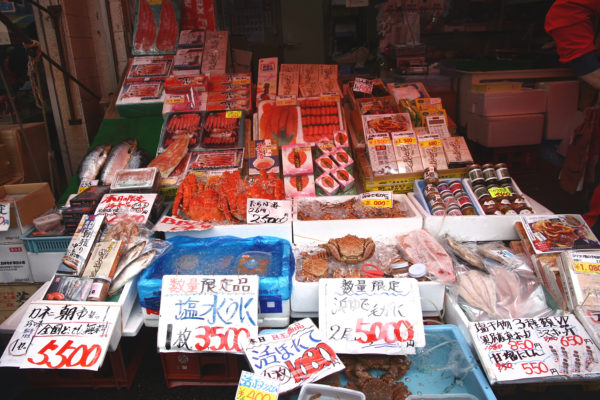
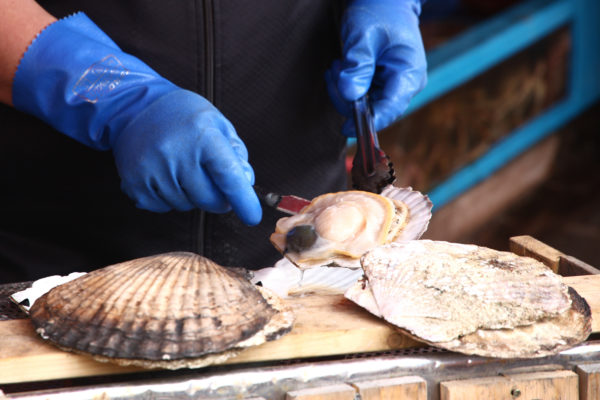
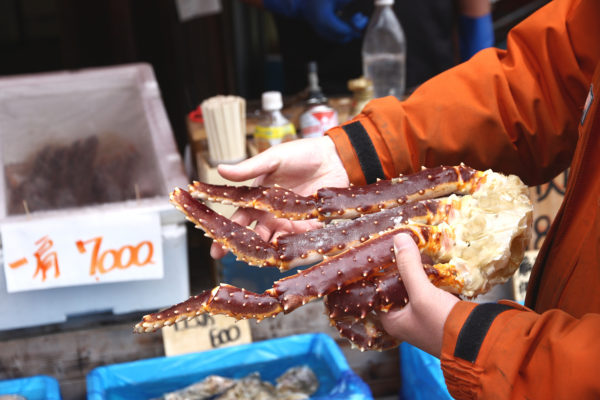
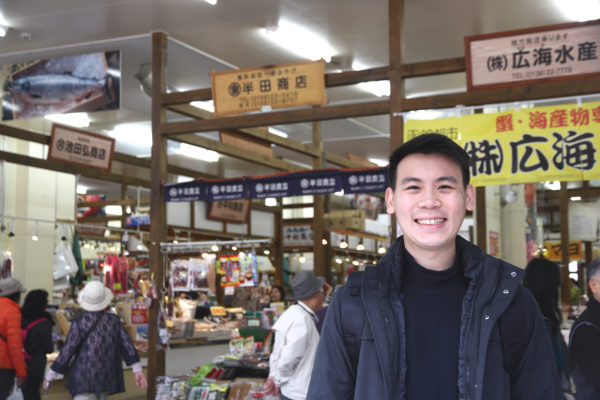
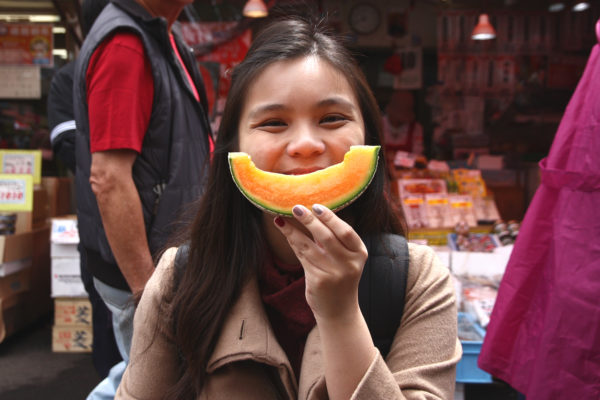
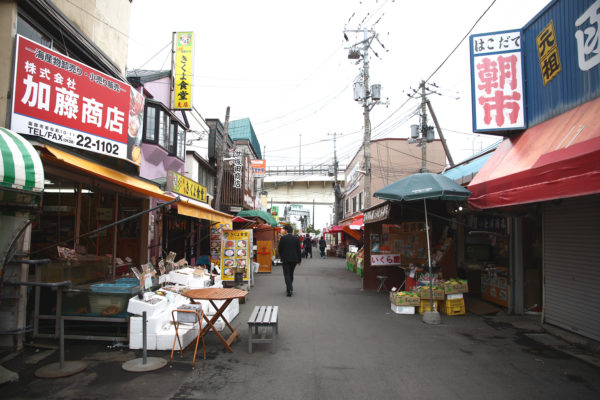
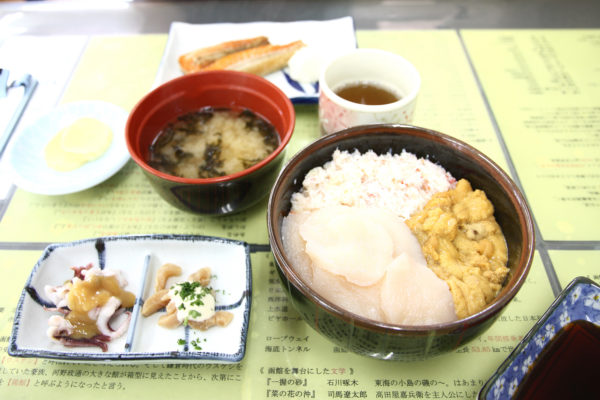
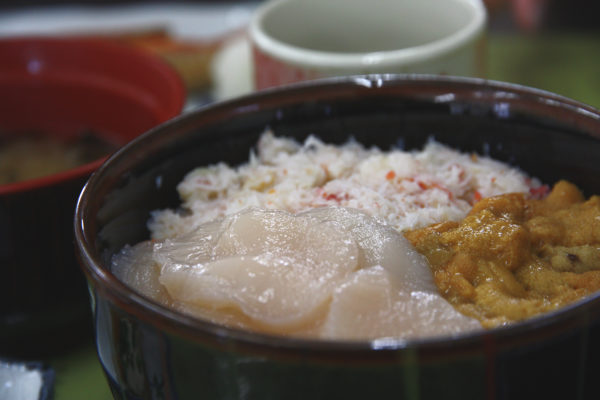
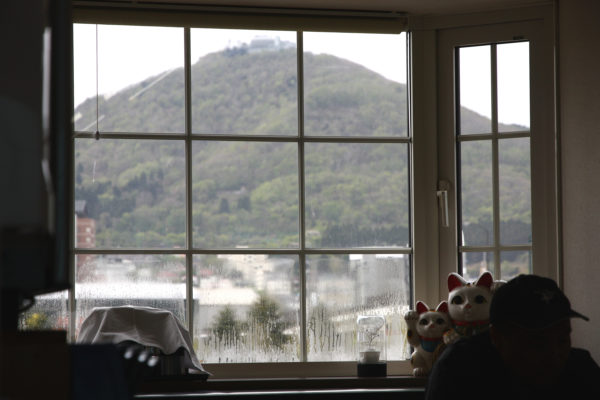
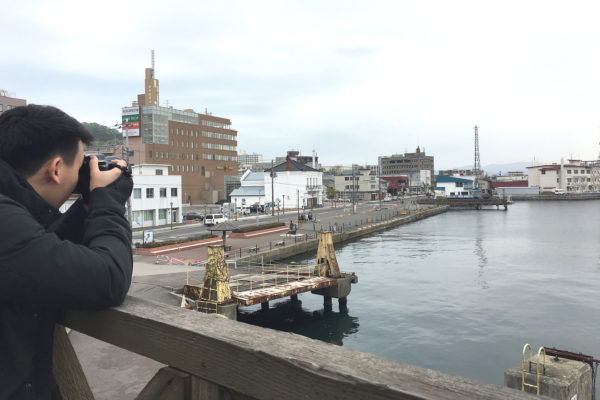
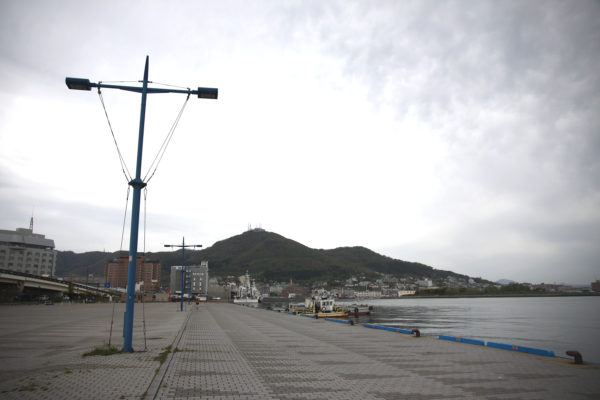
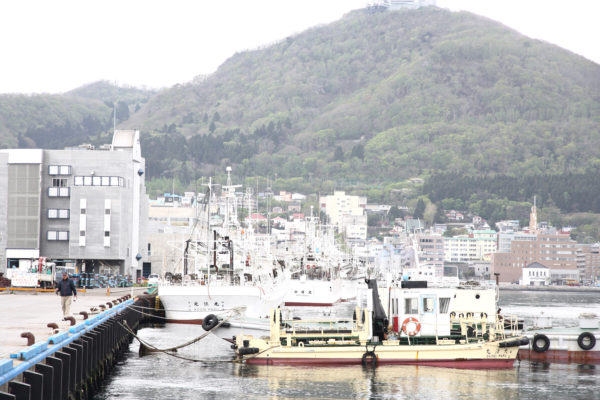
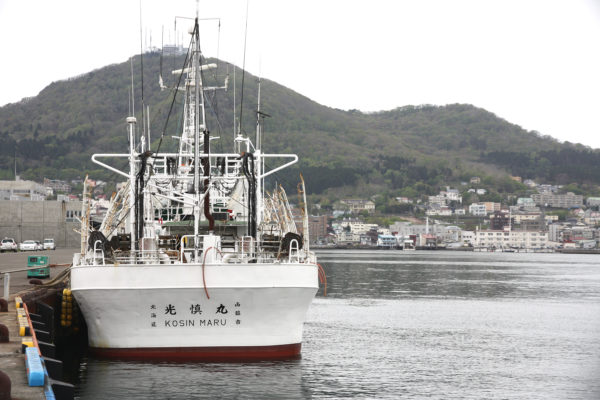
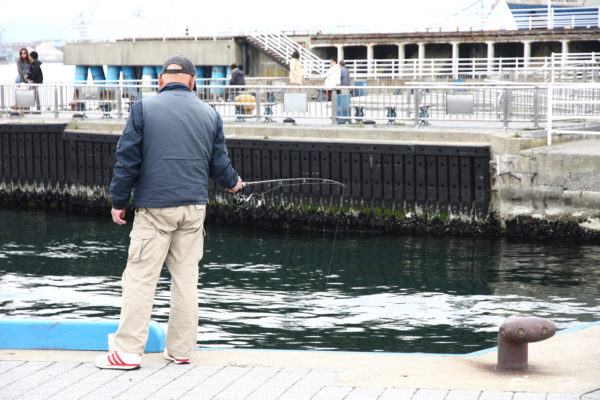
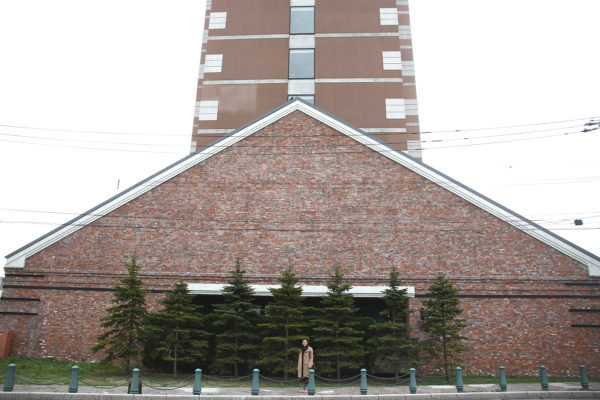
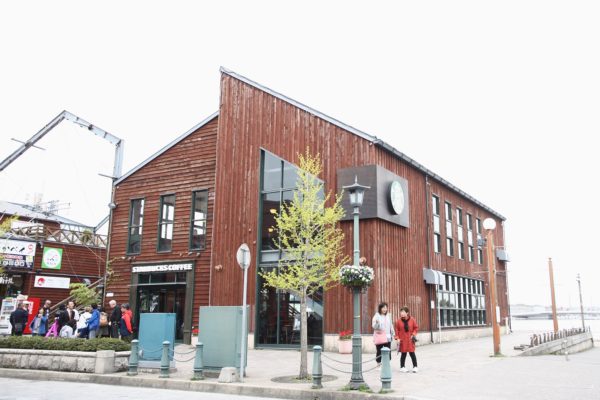
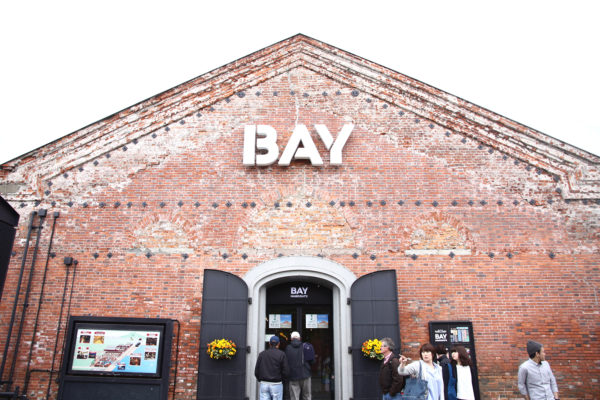
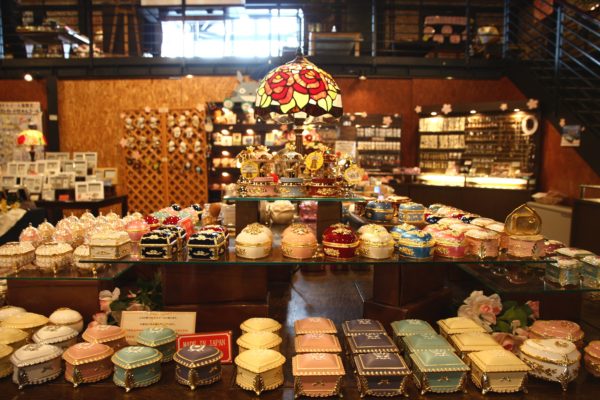
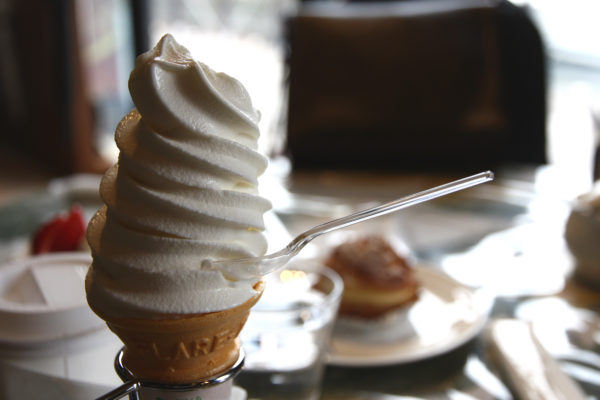
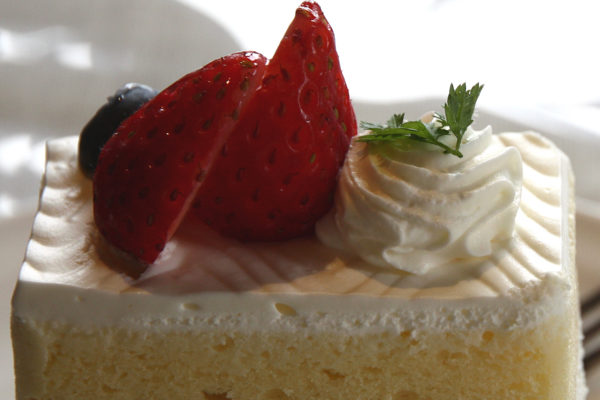

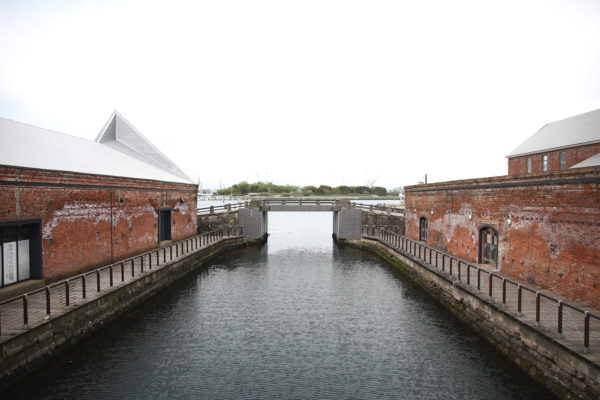
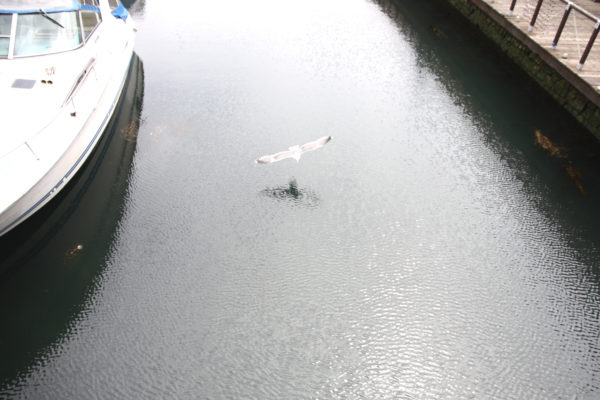
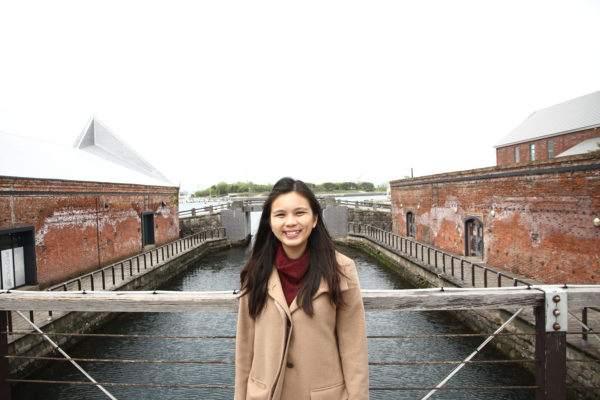
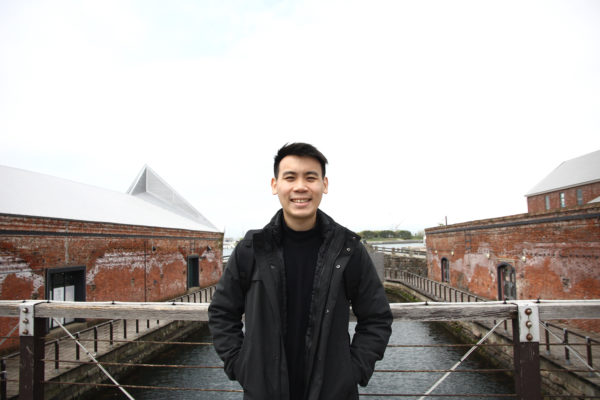
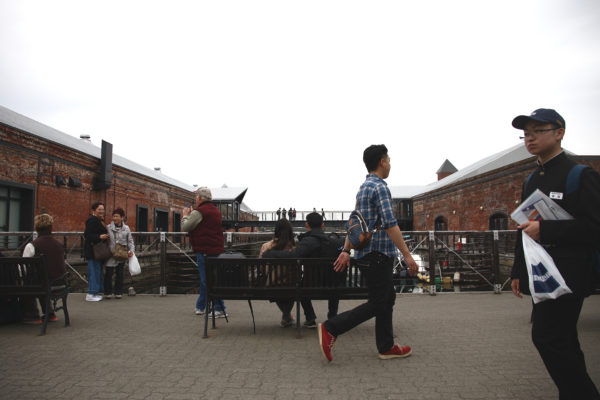
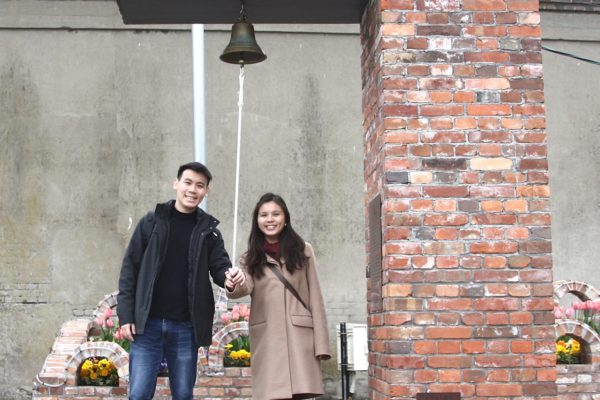
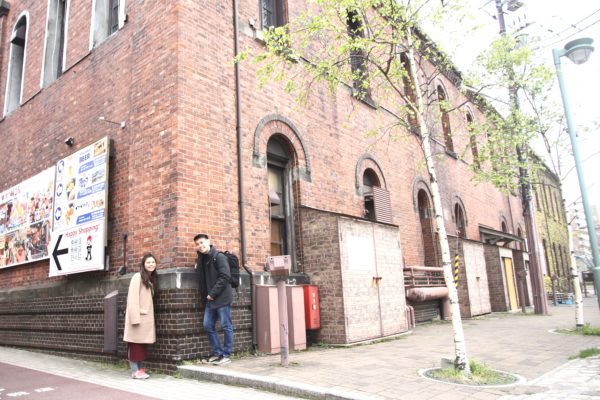
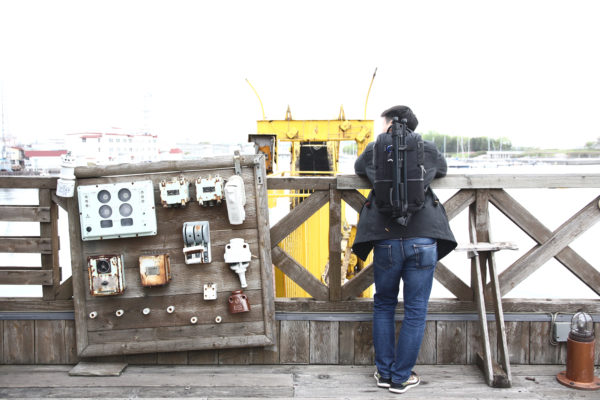
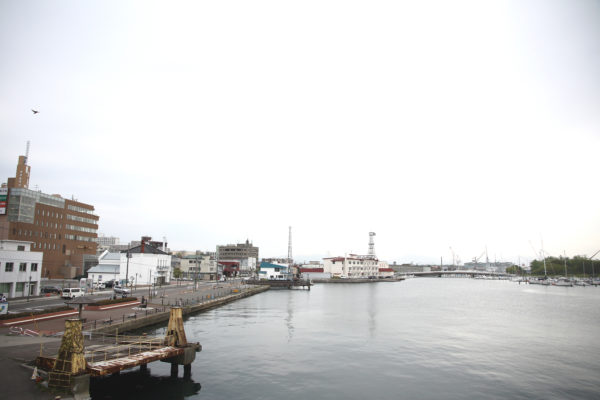
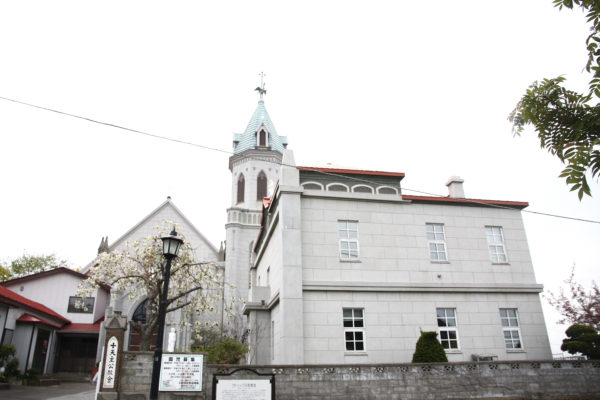
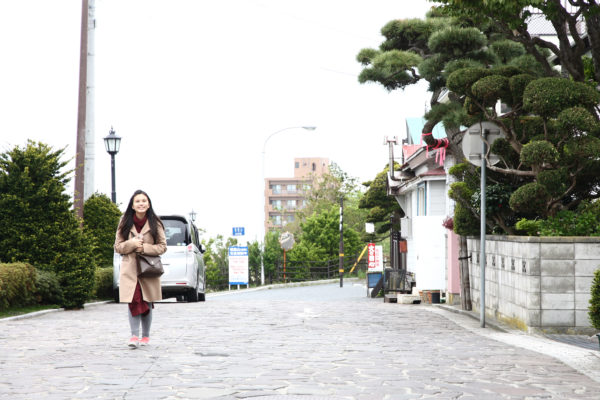
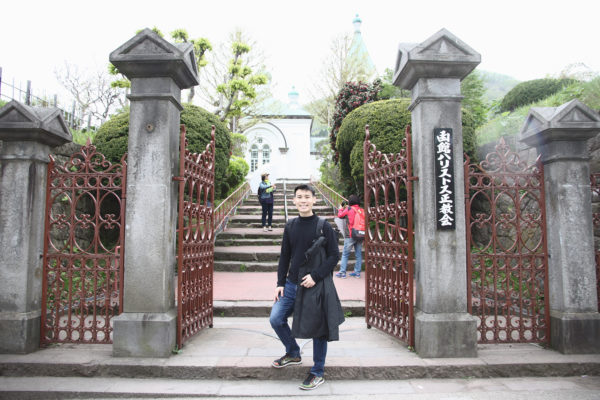
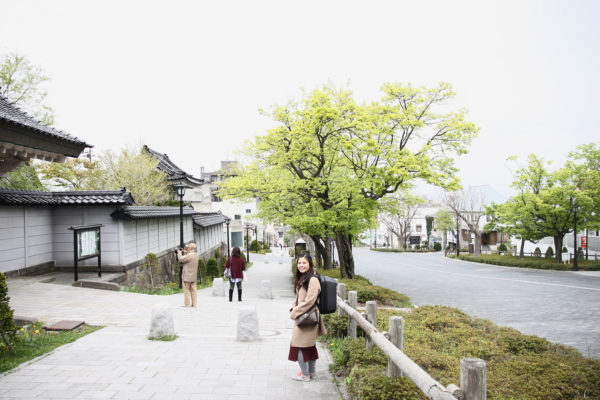
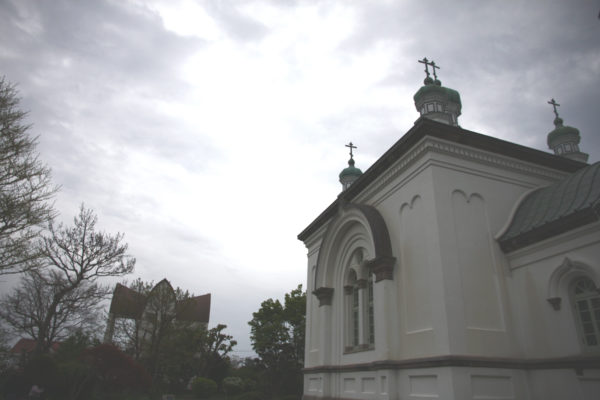
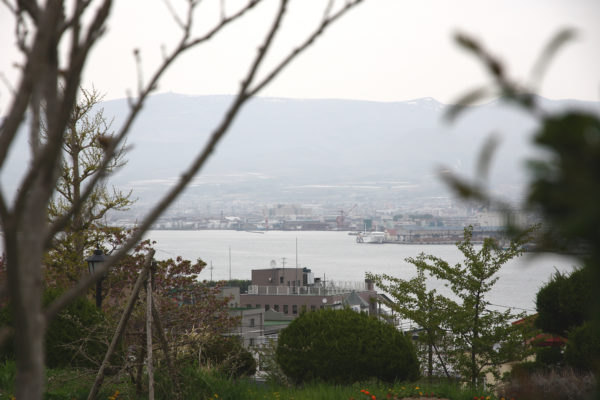
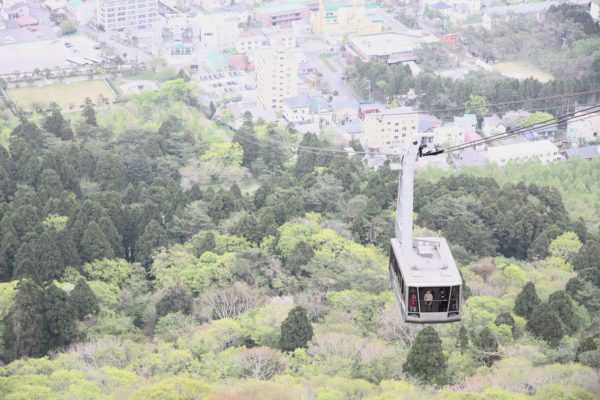
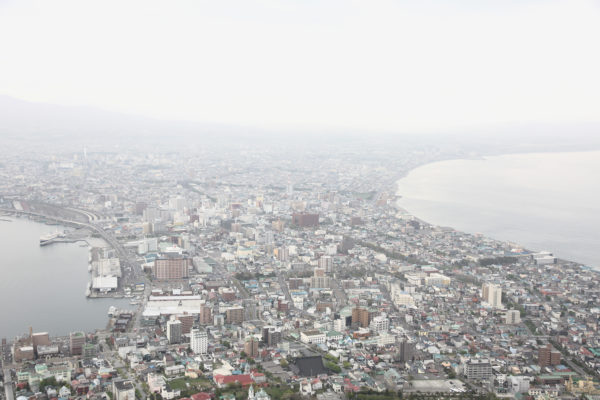
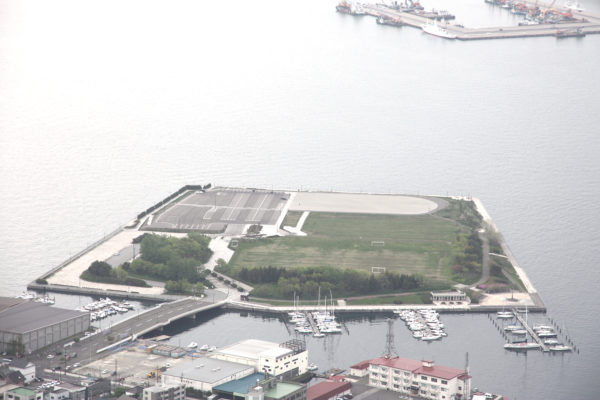

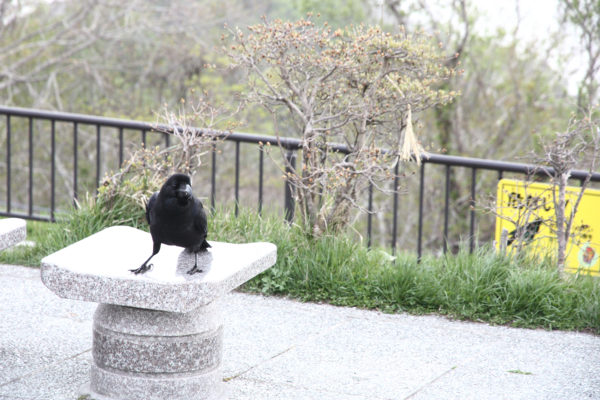

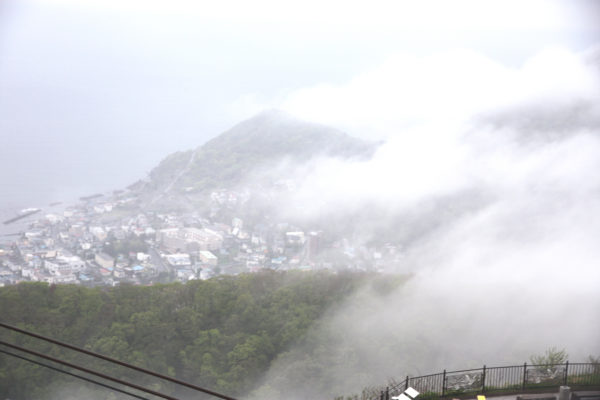
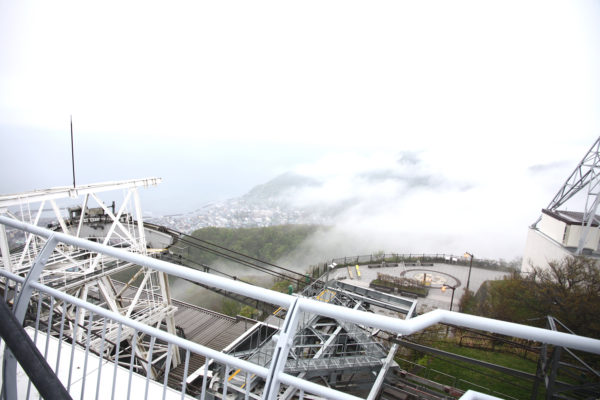
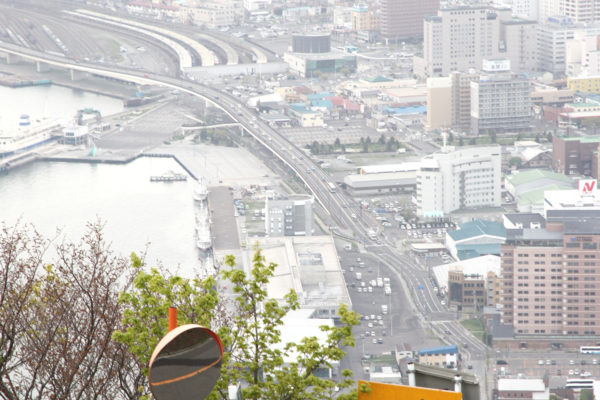
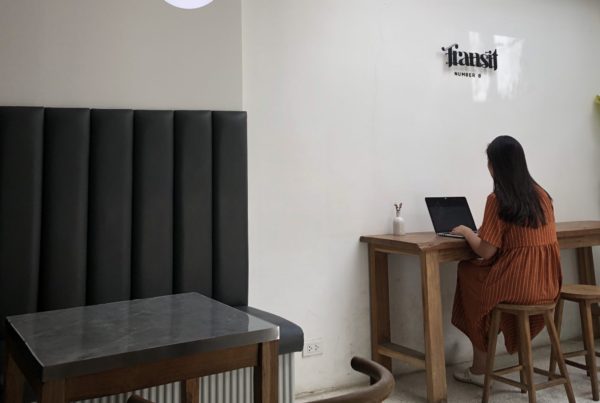
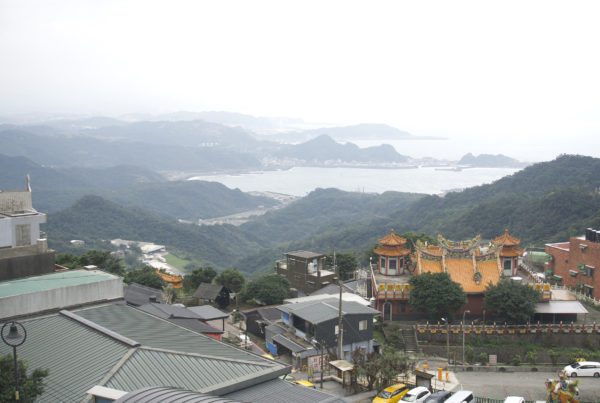

2 Comments